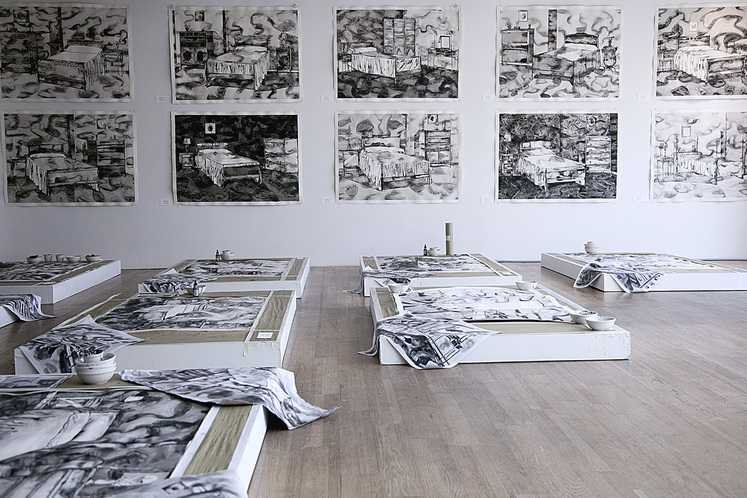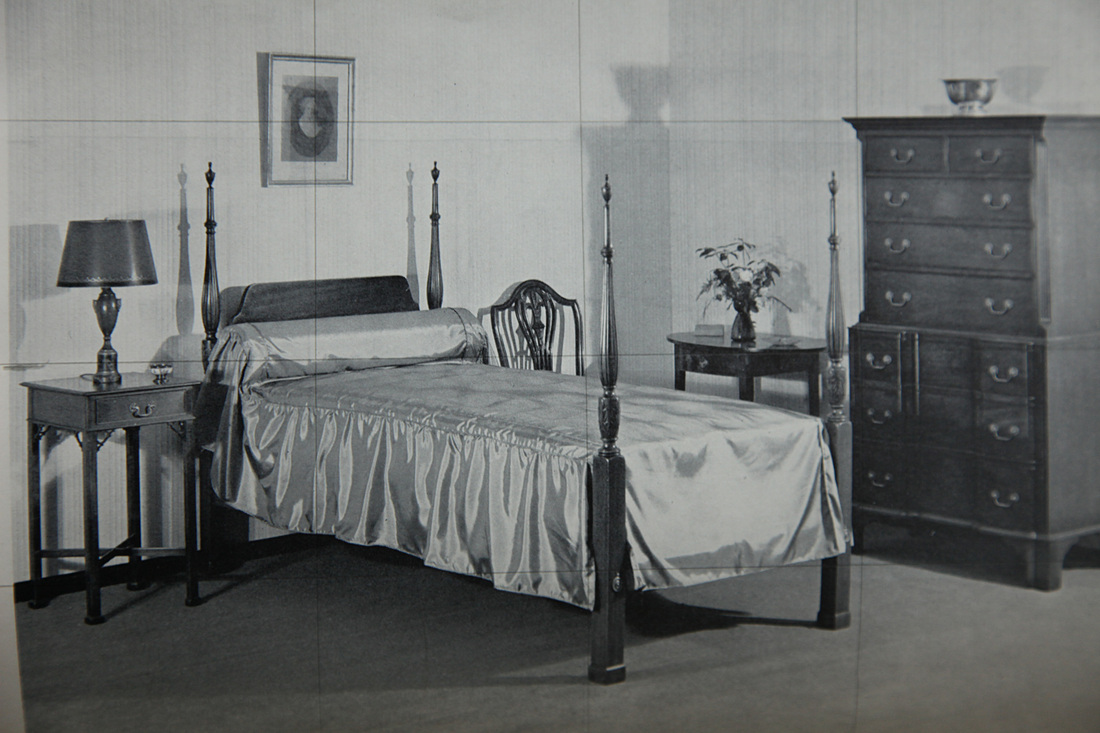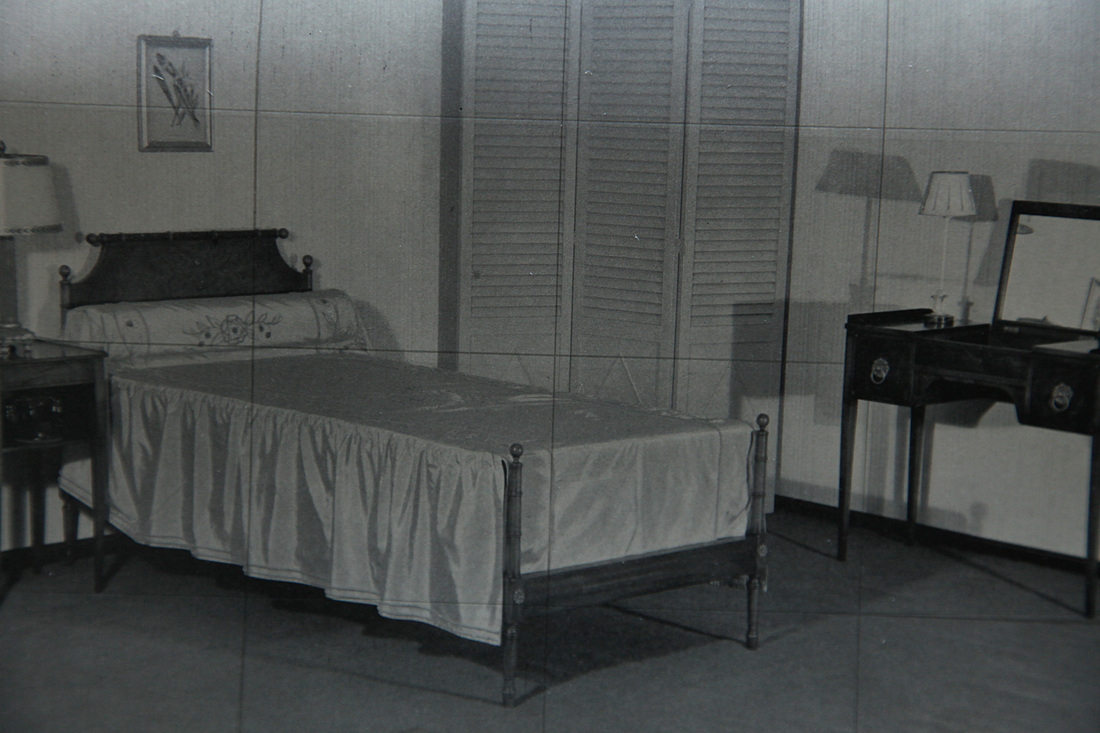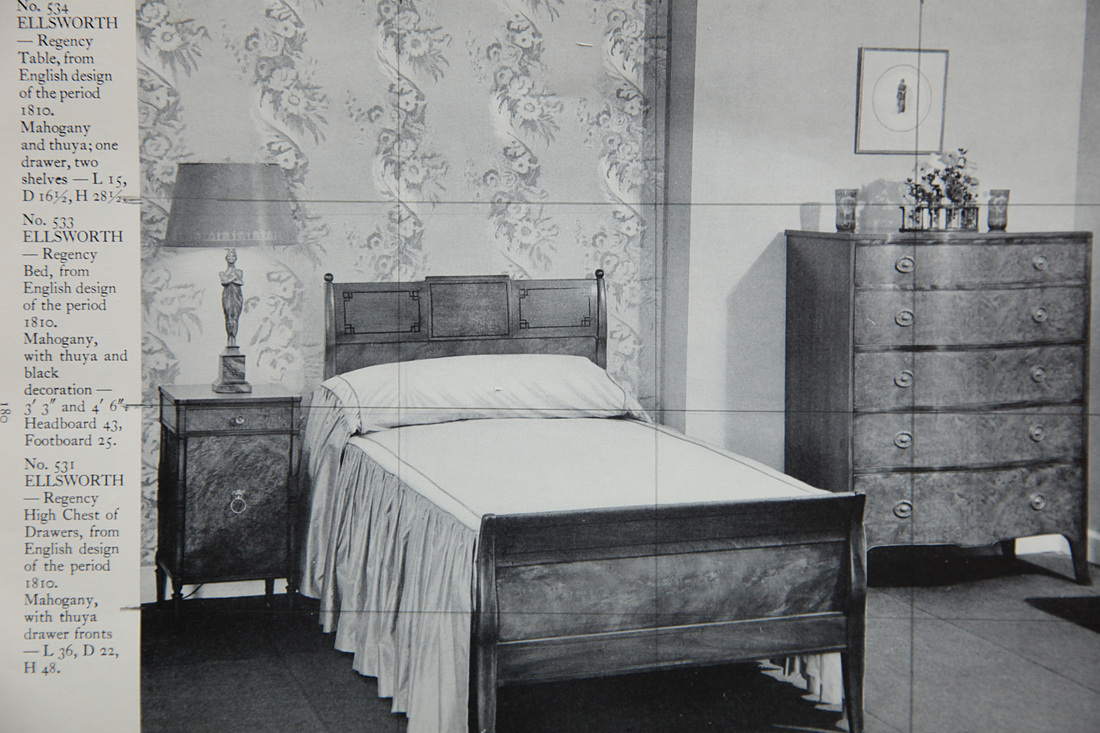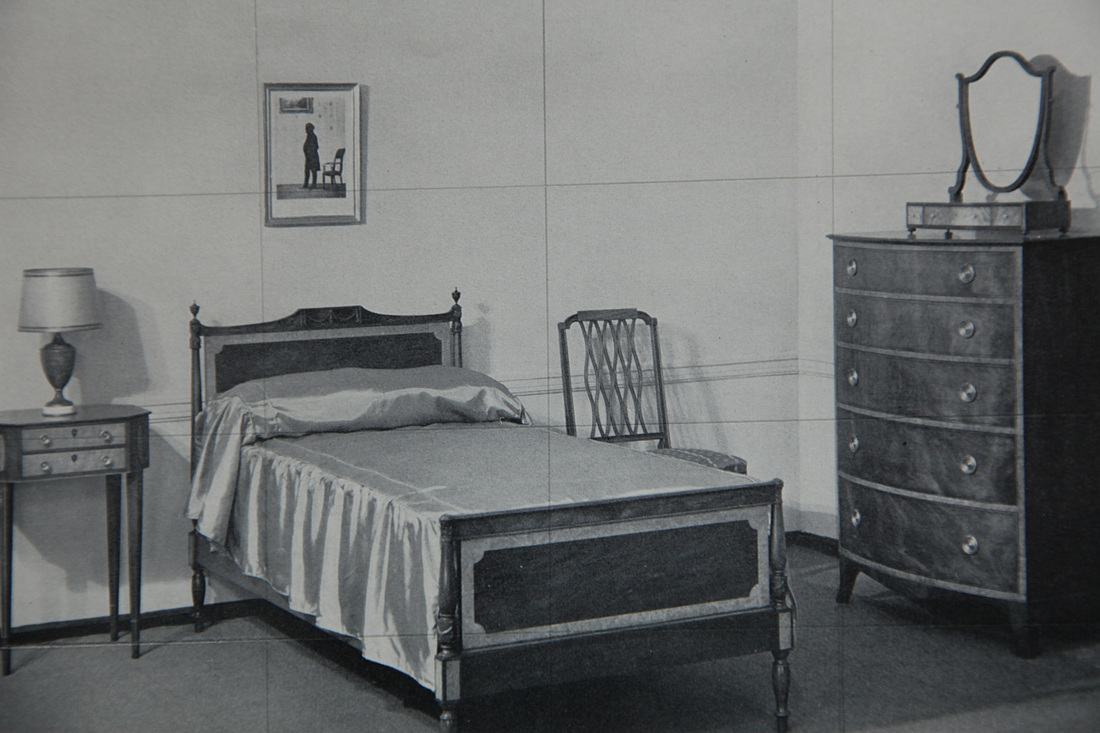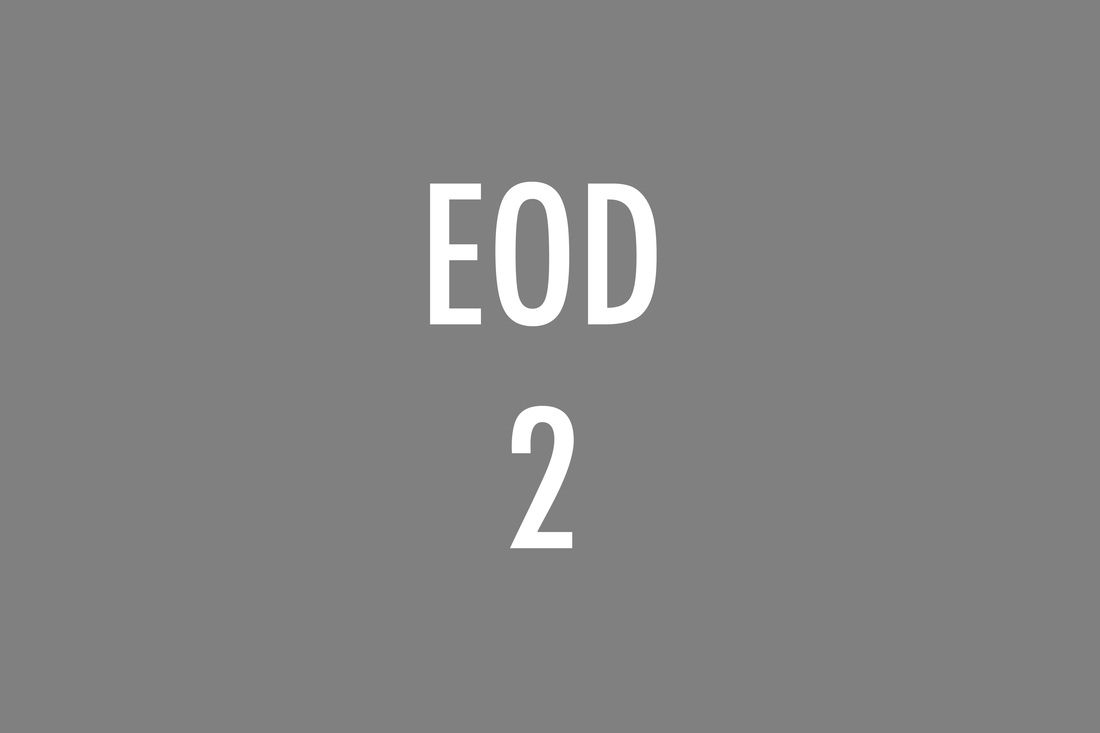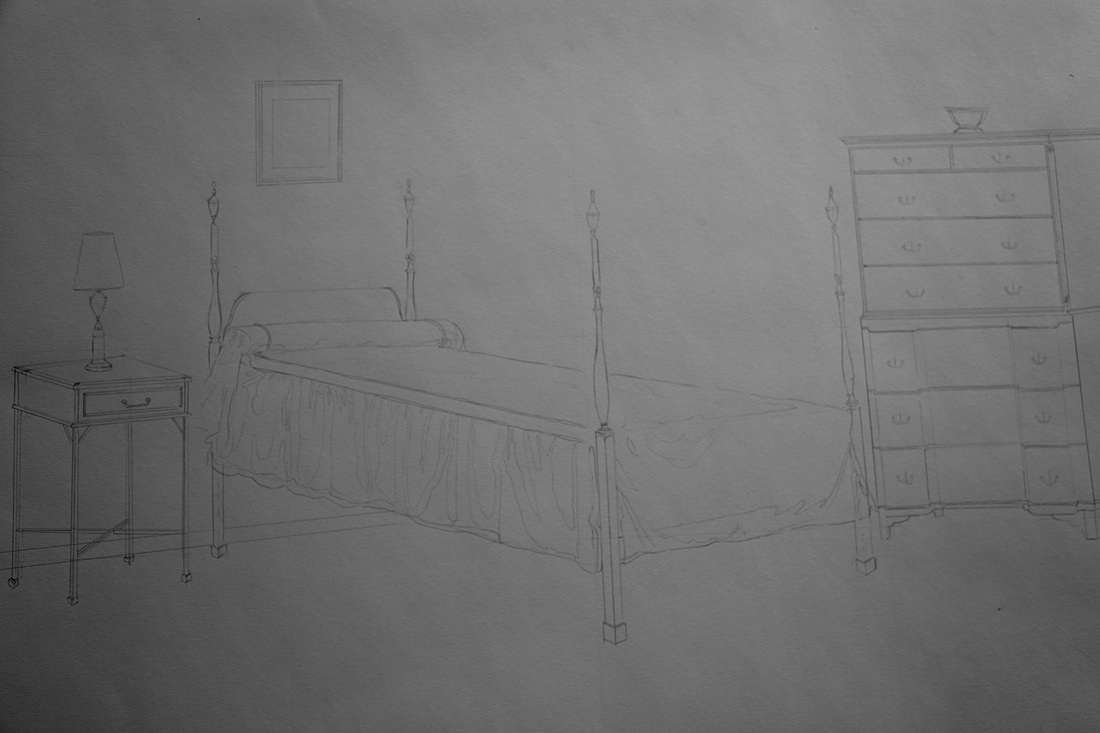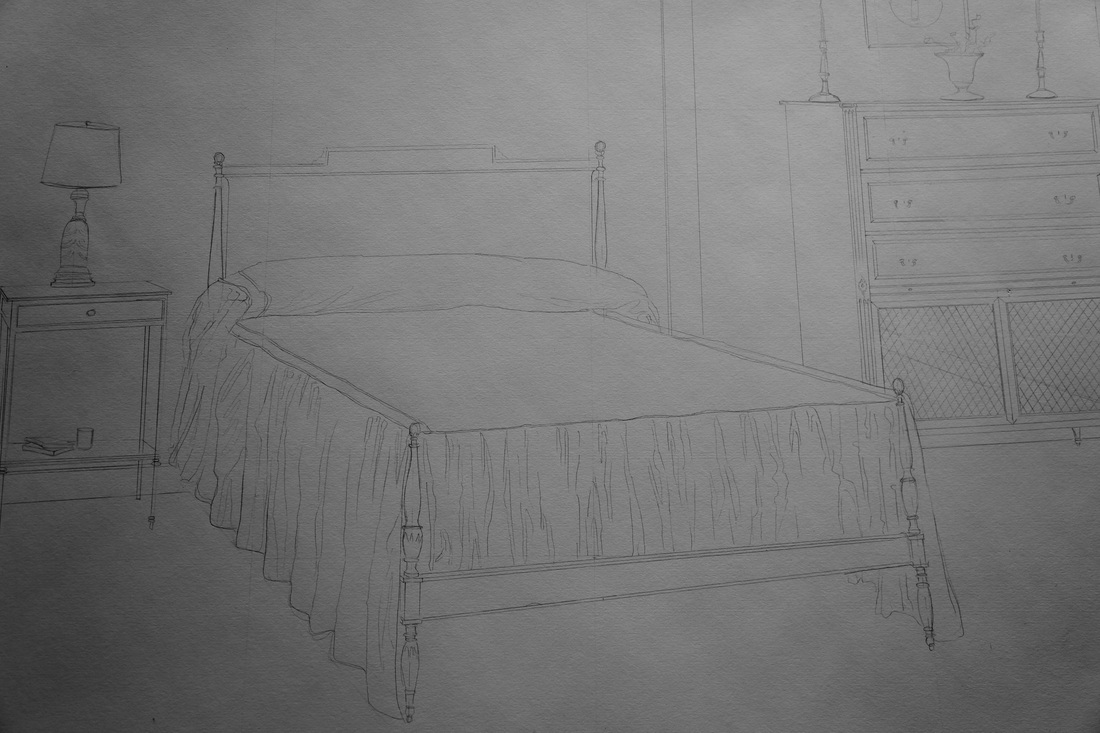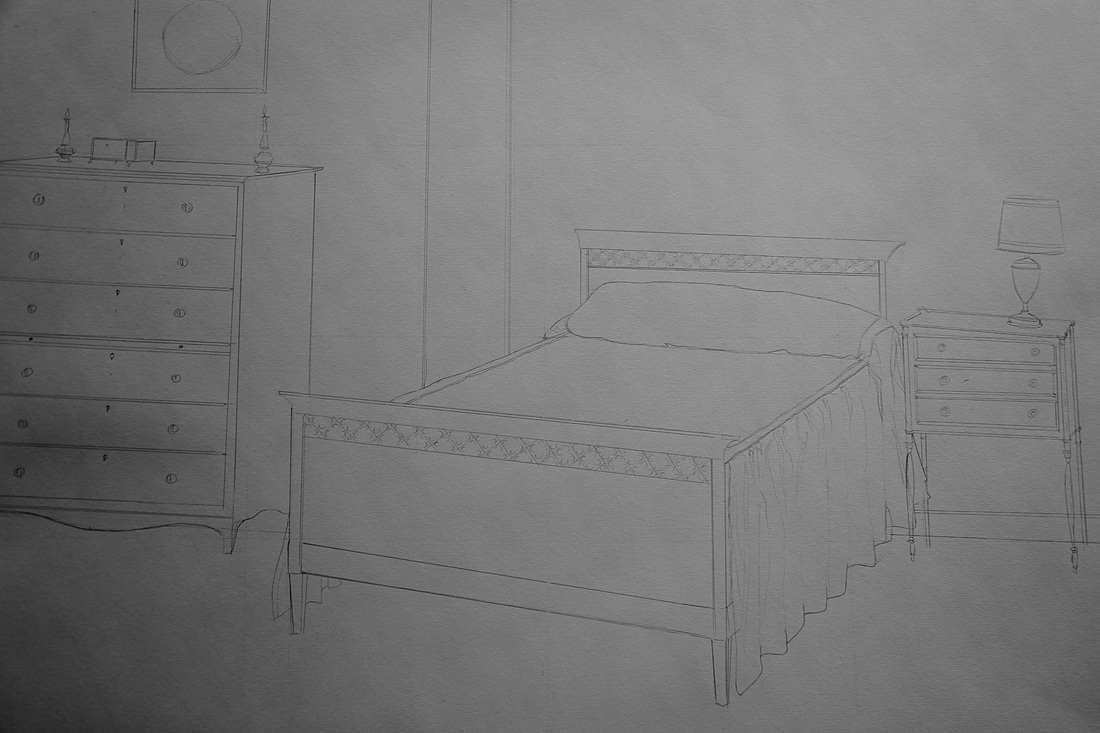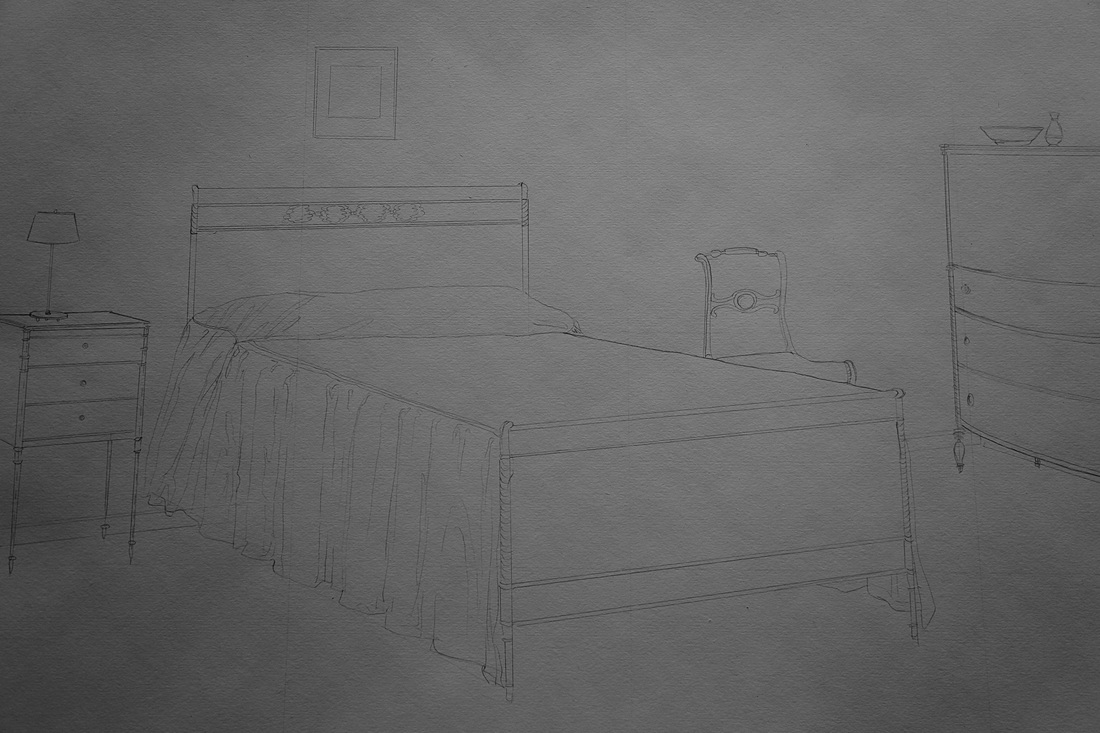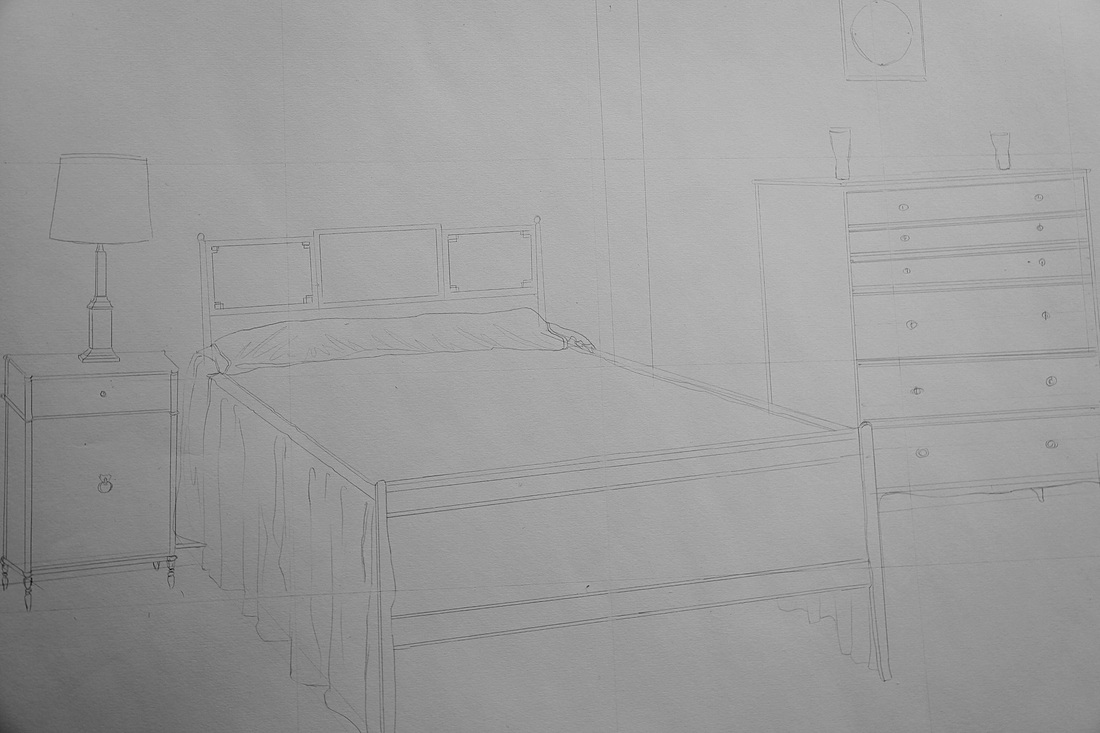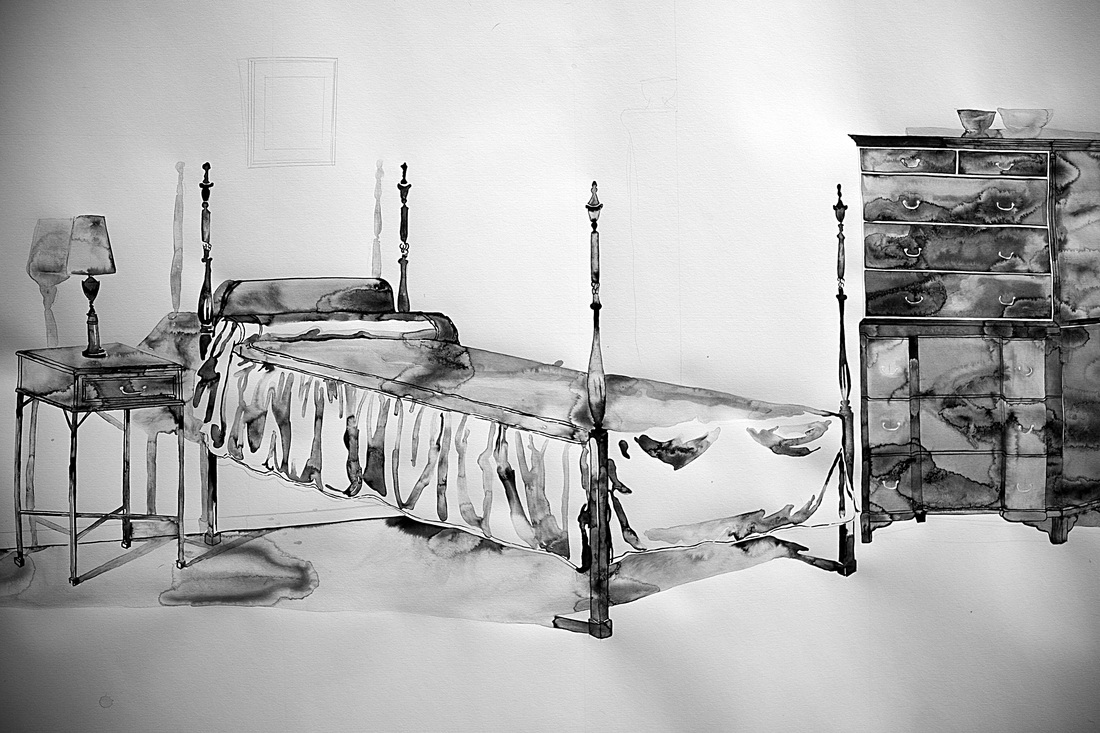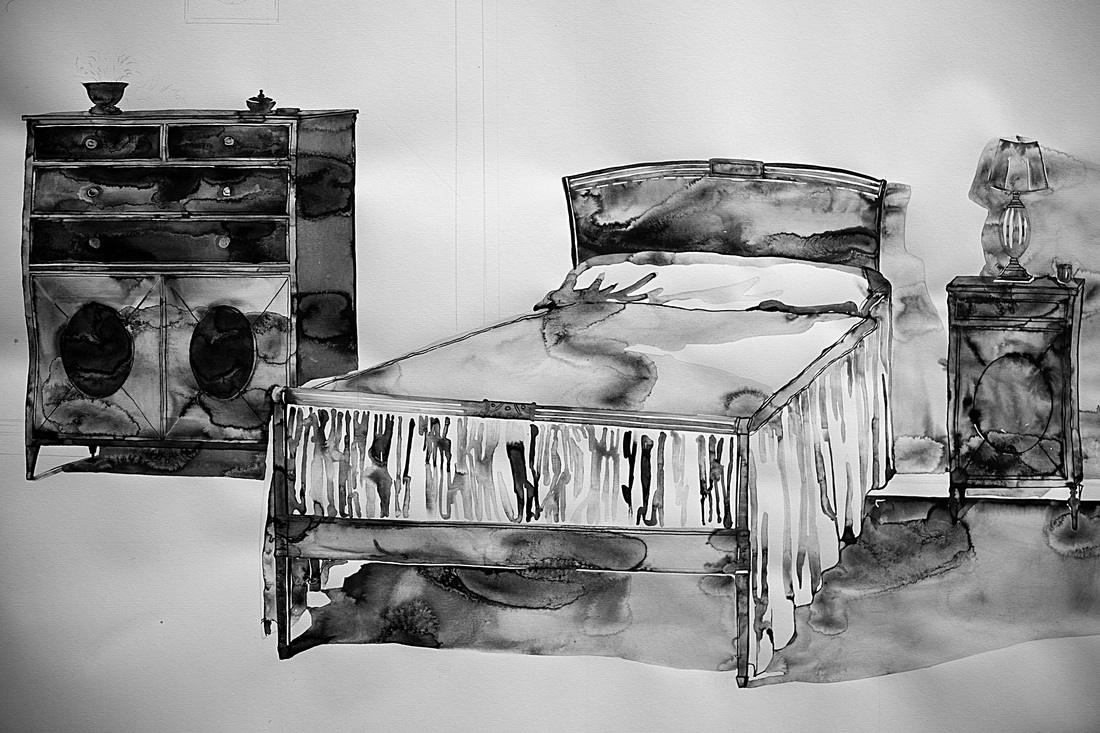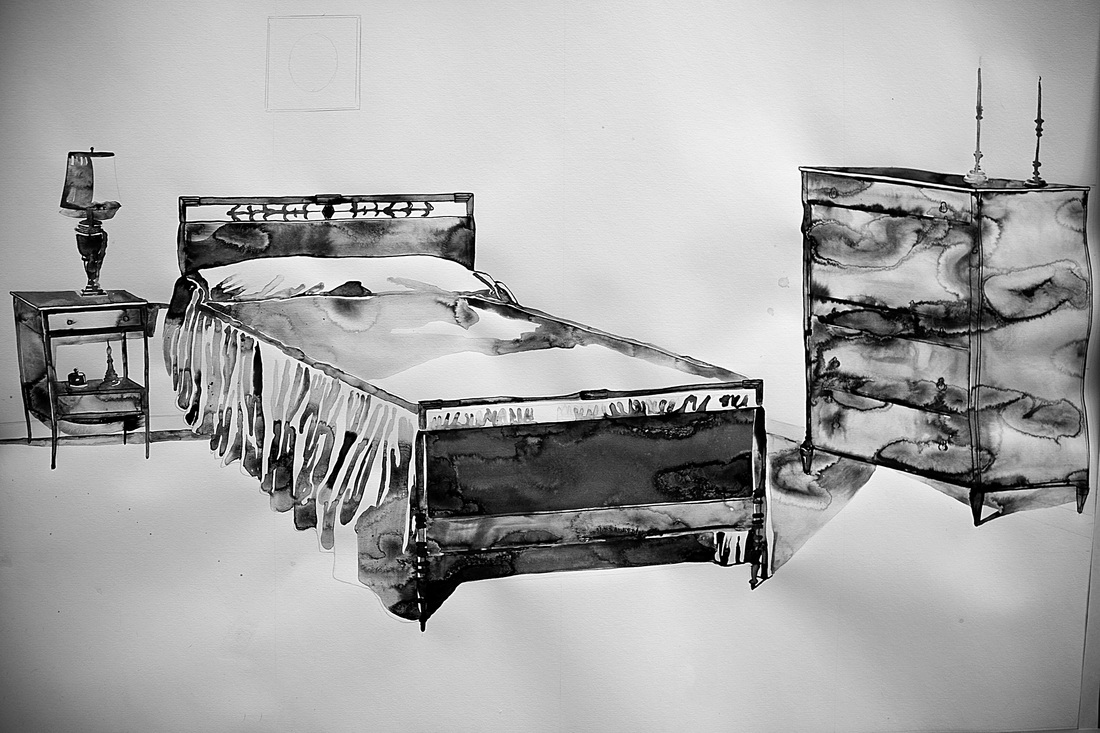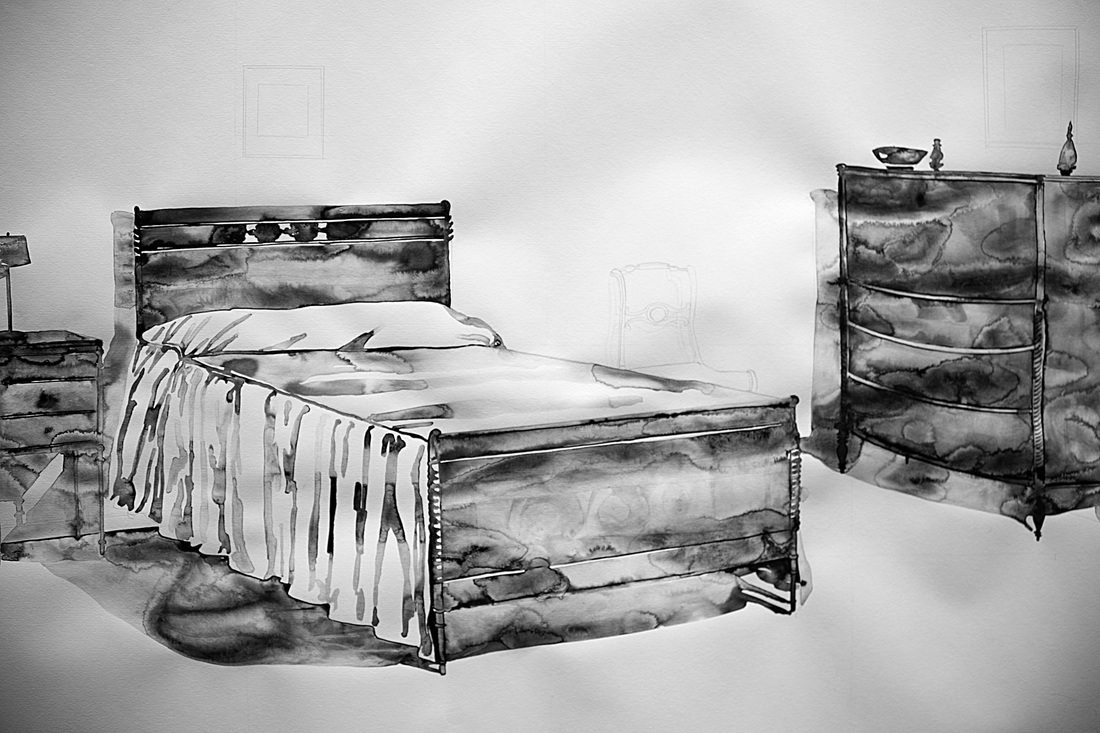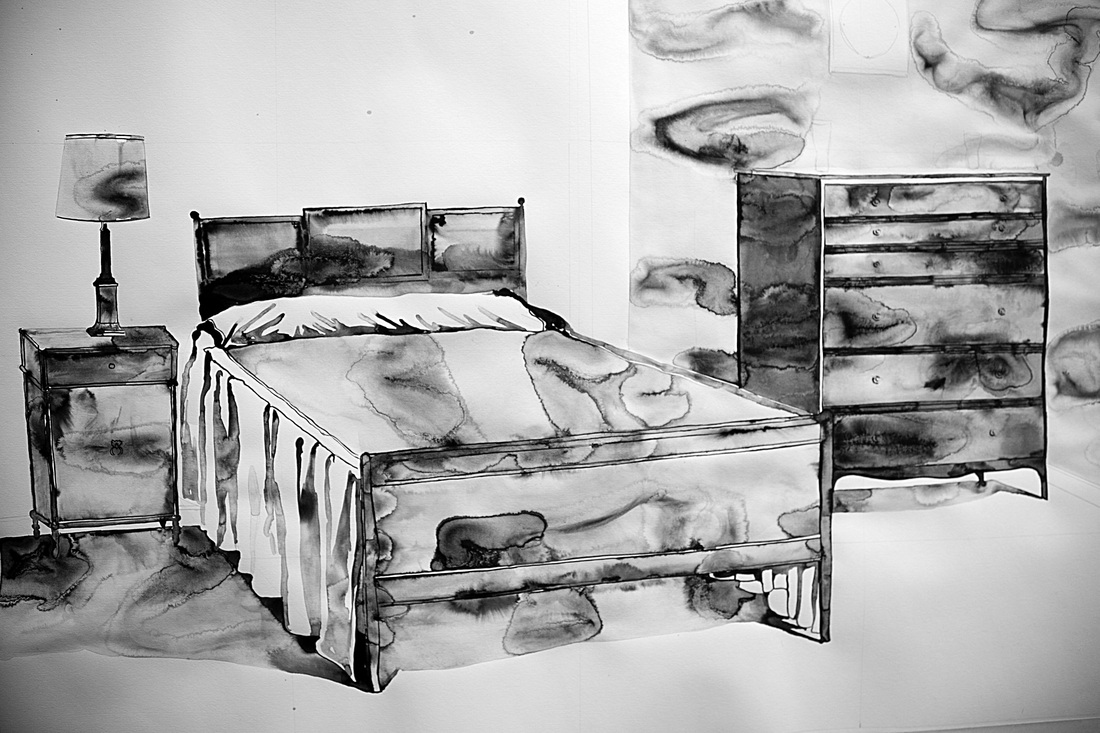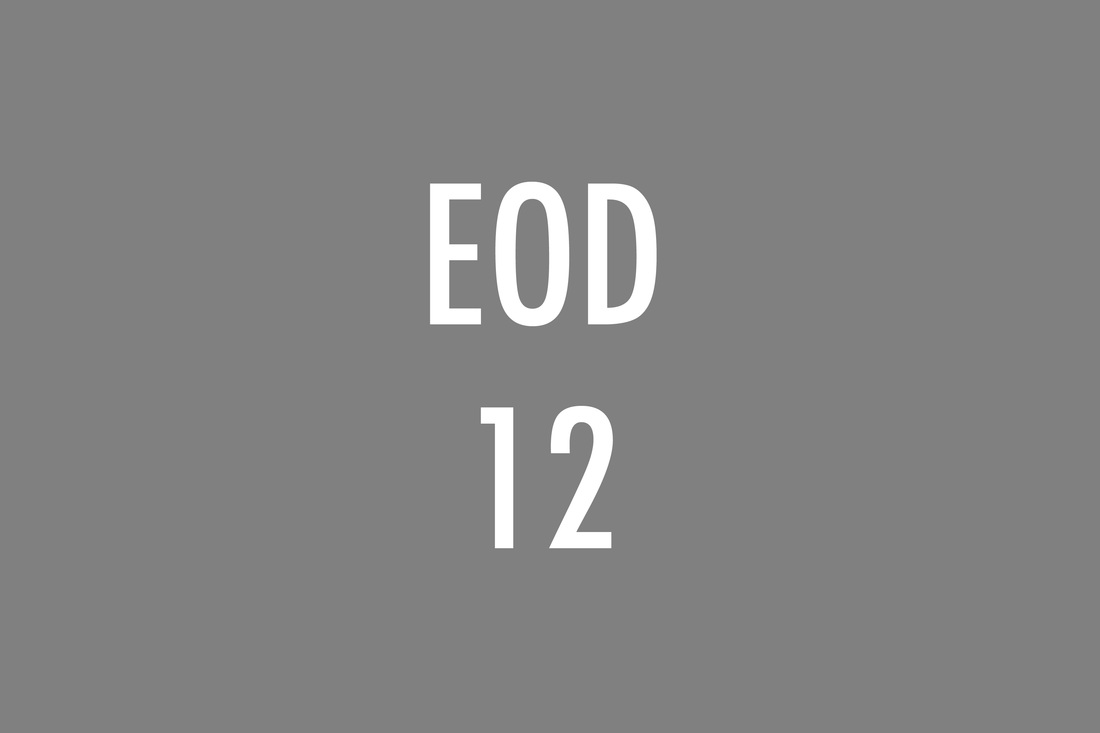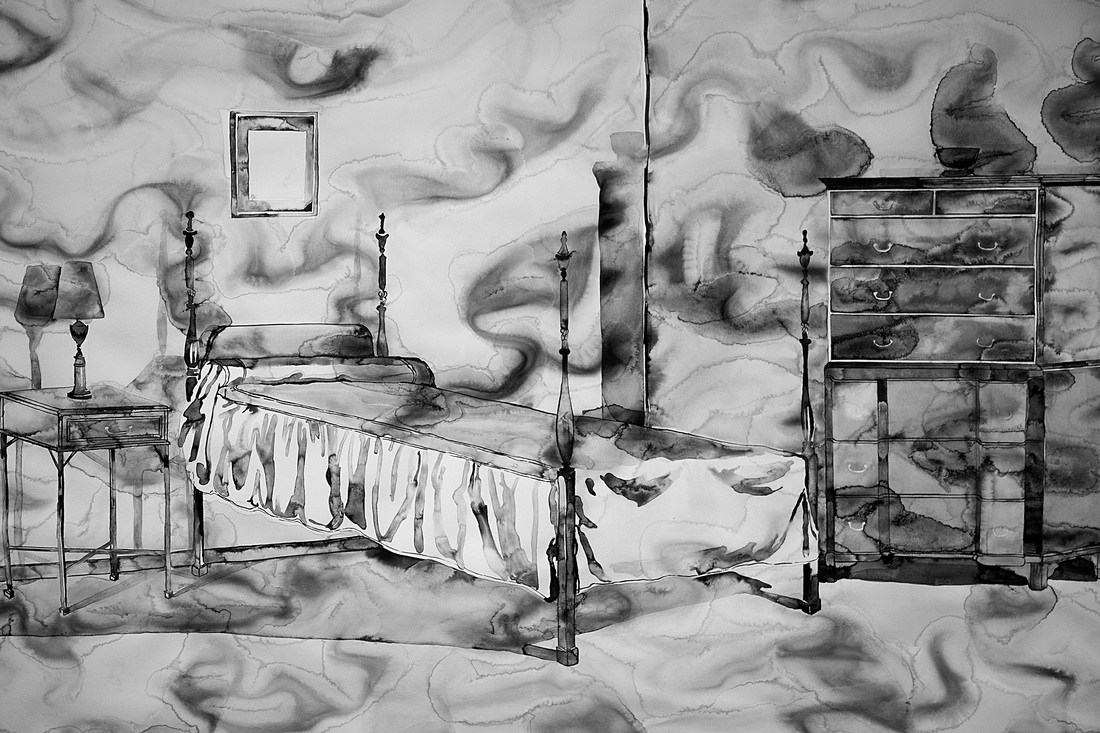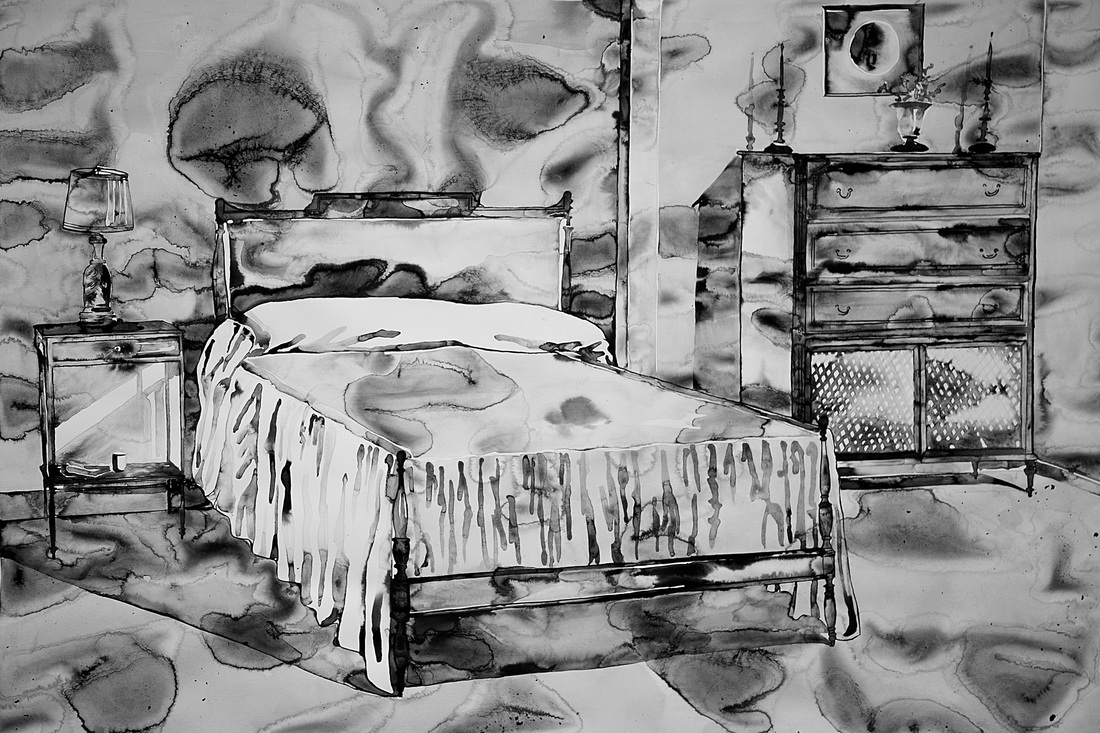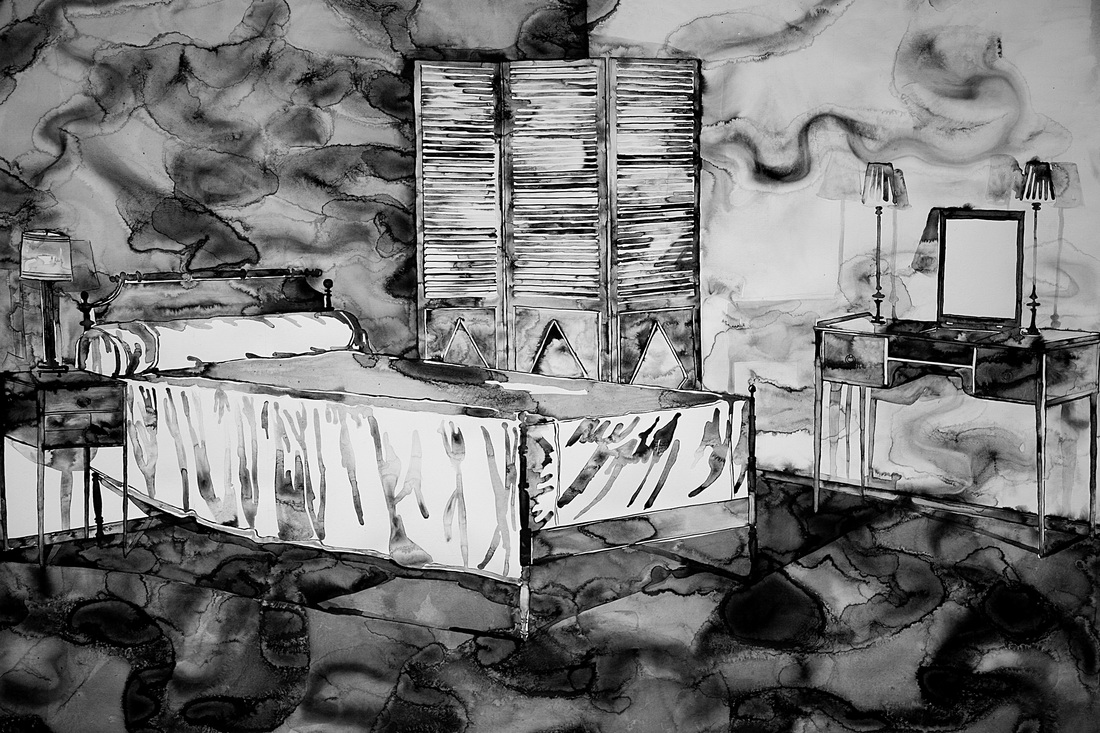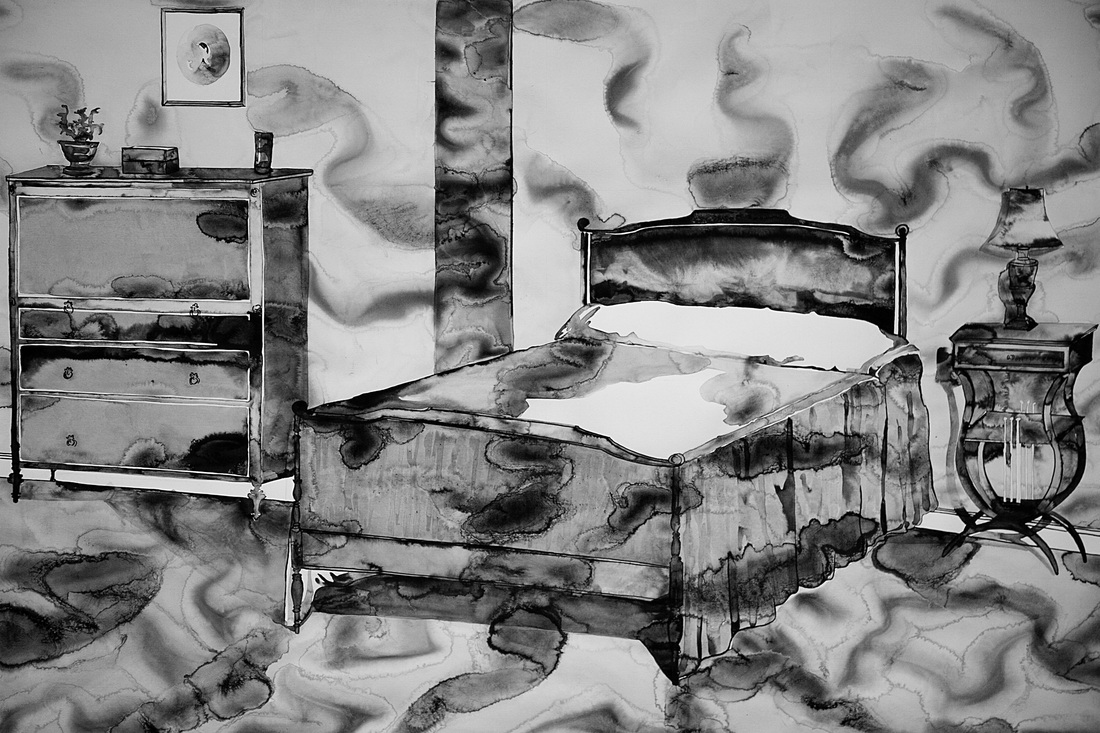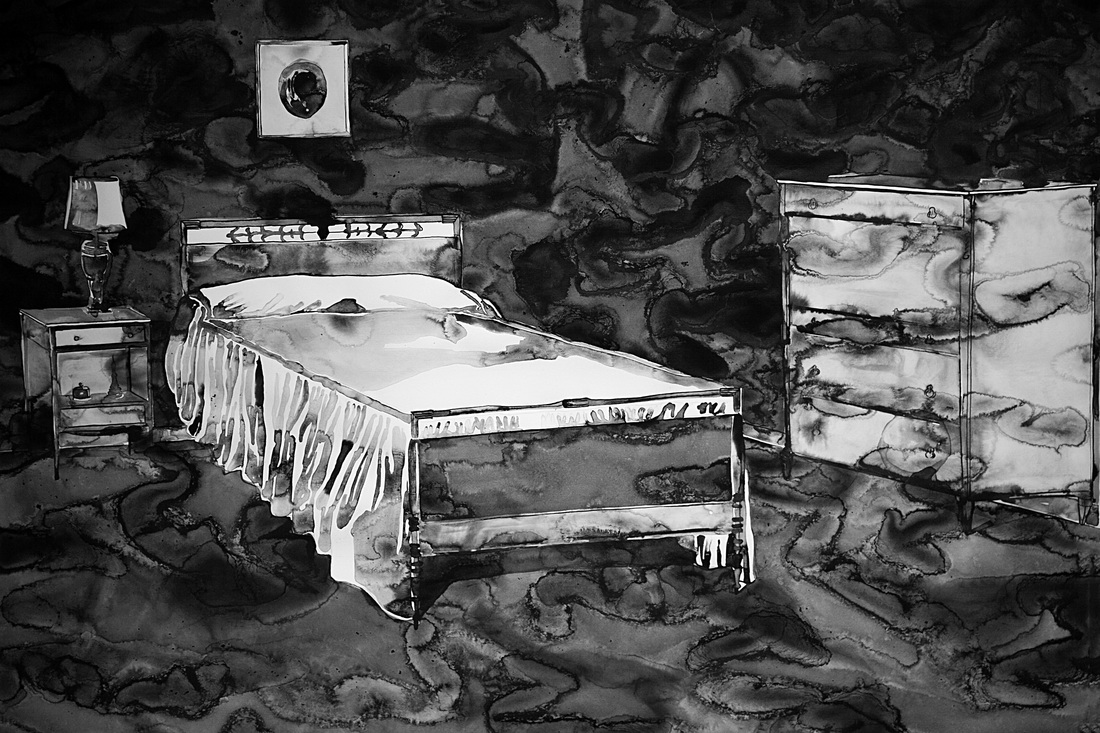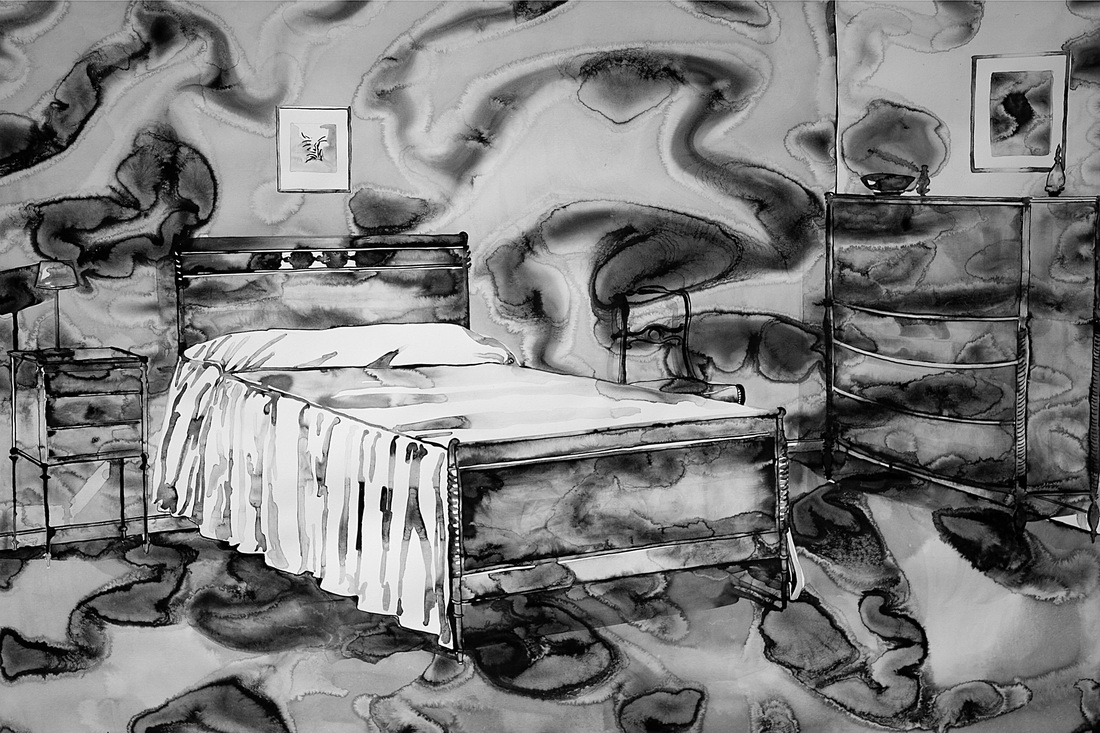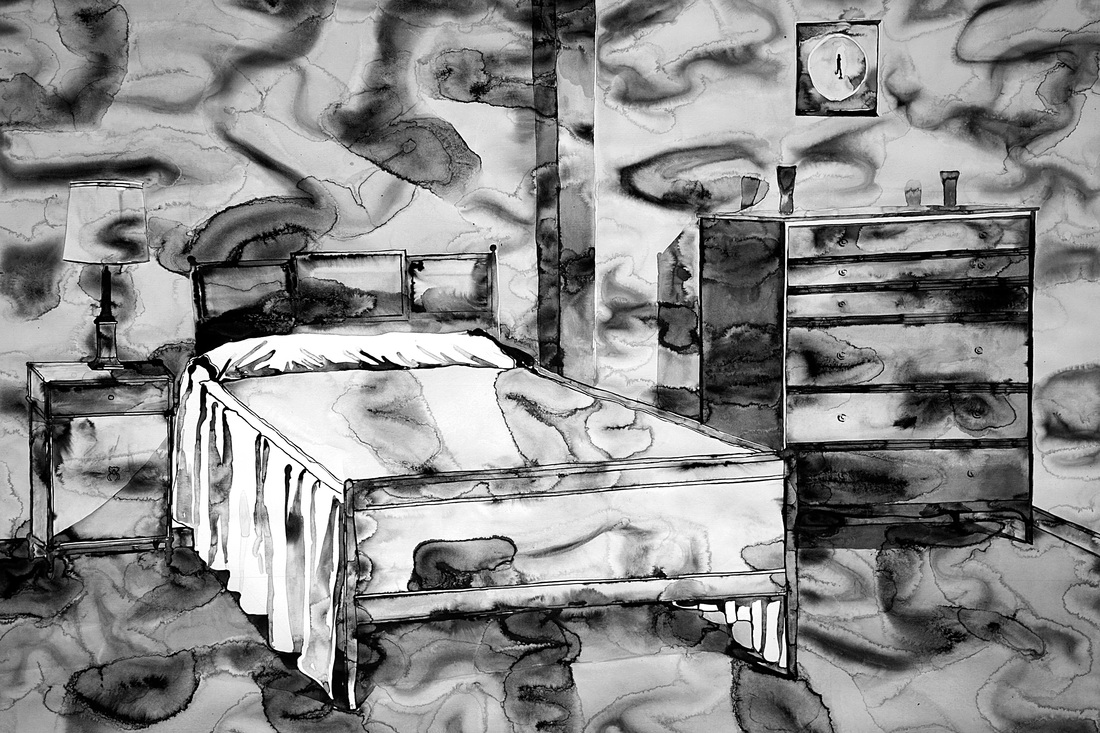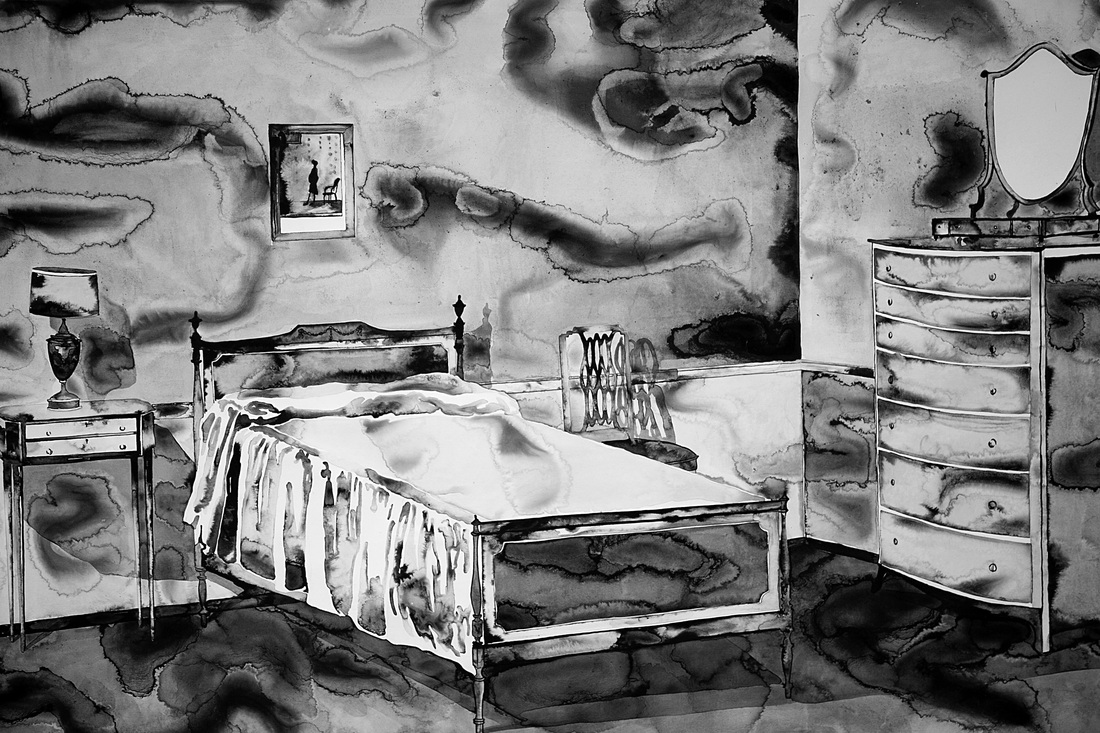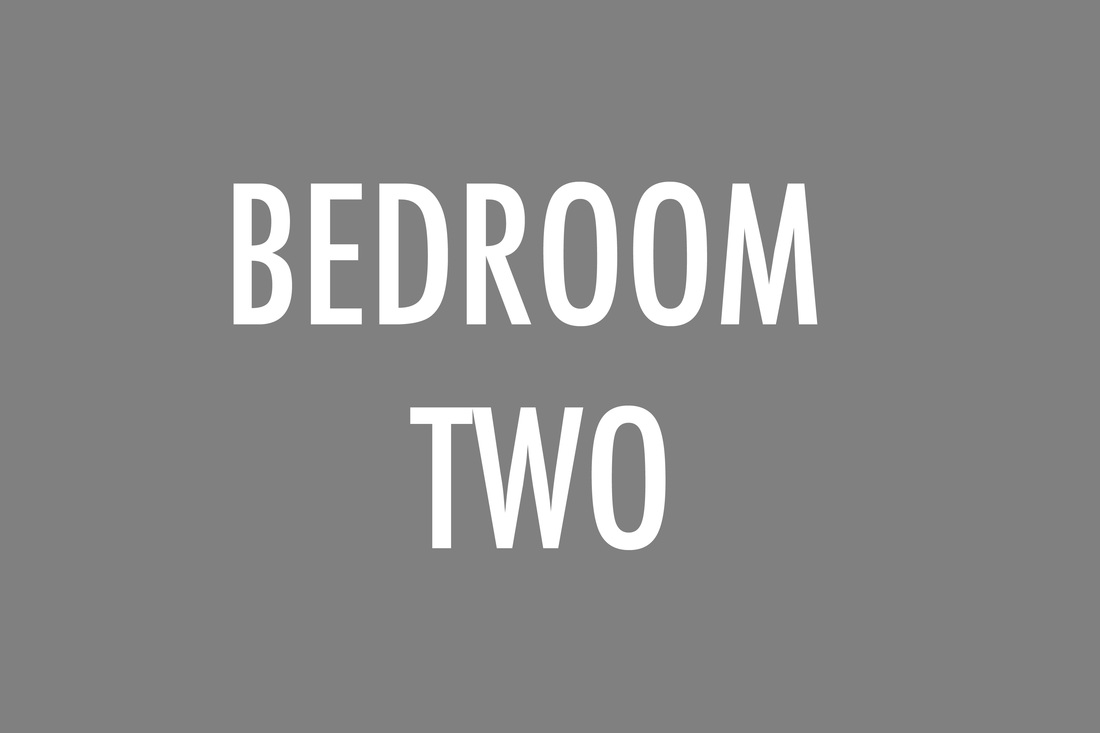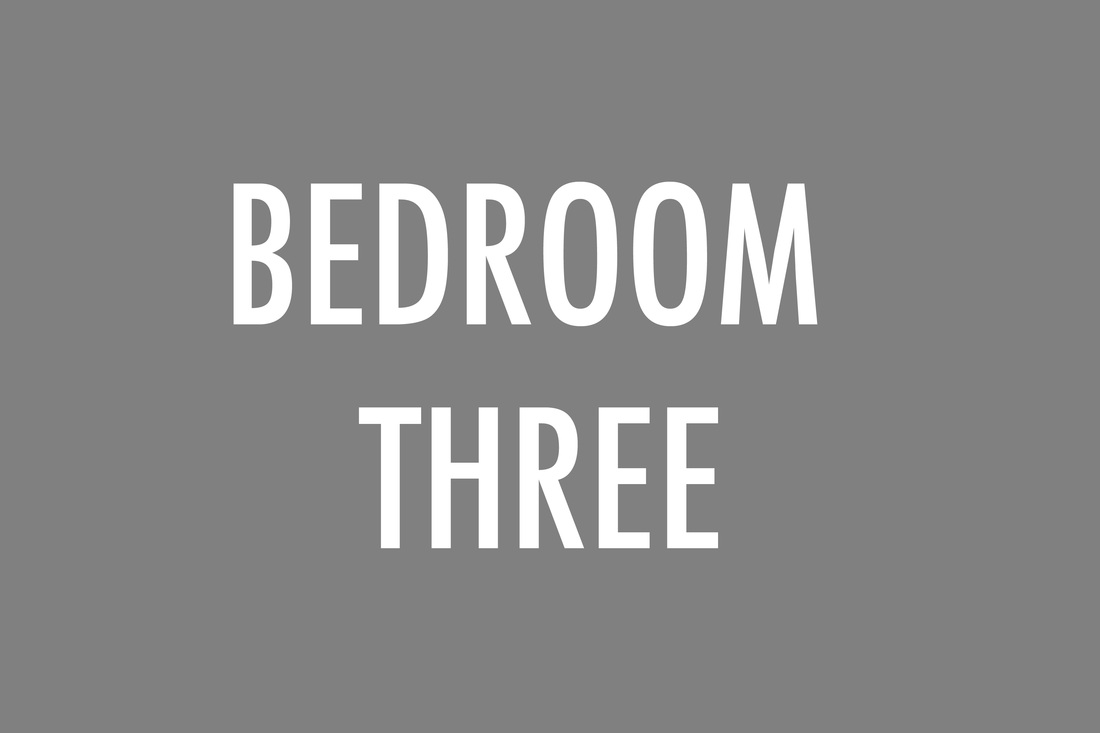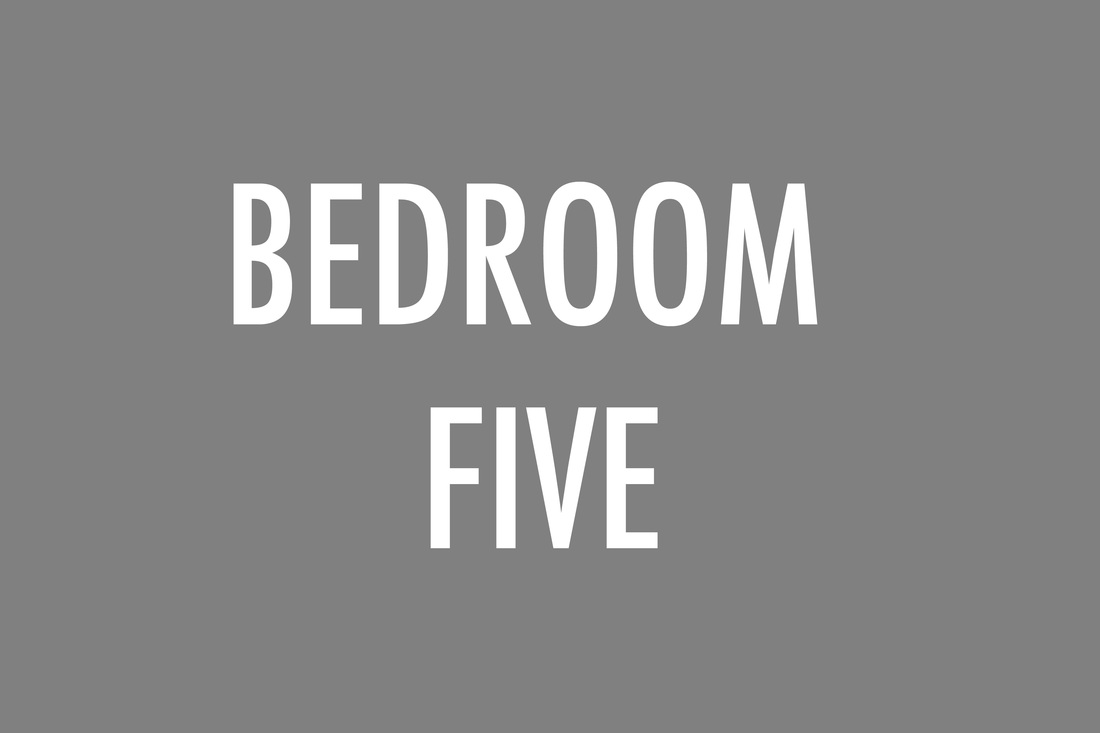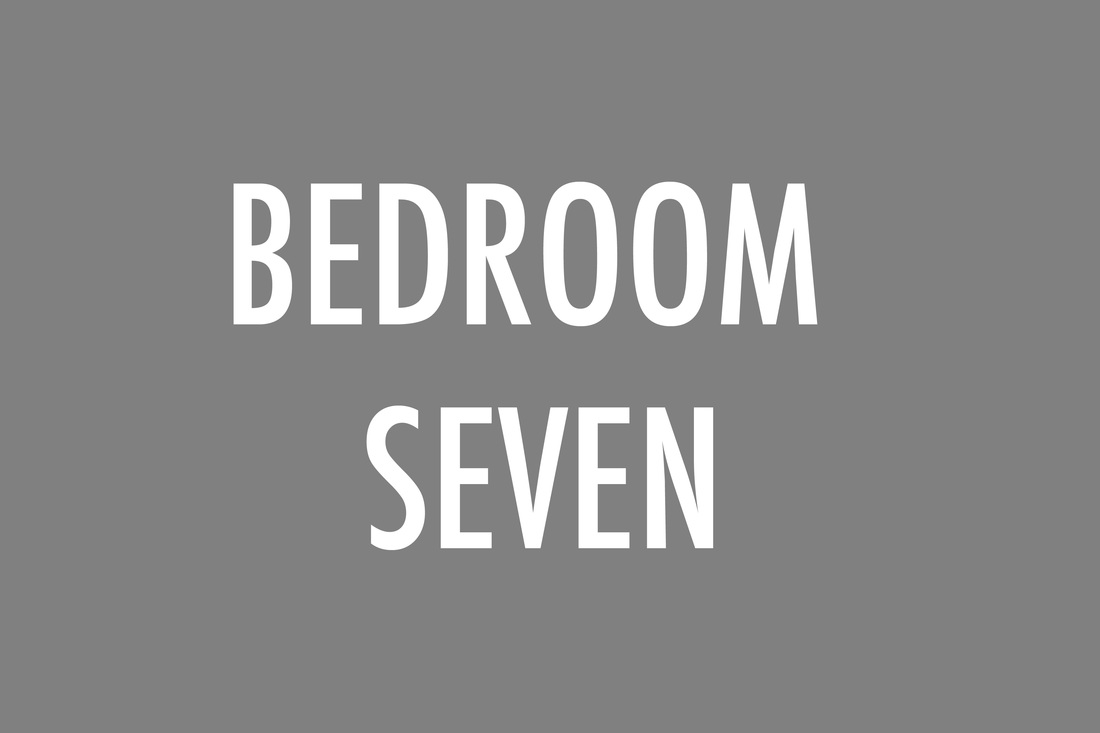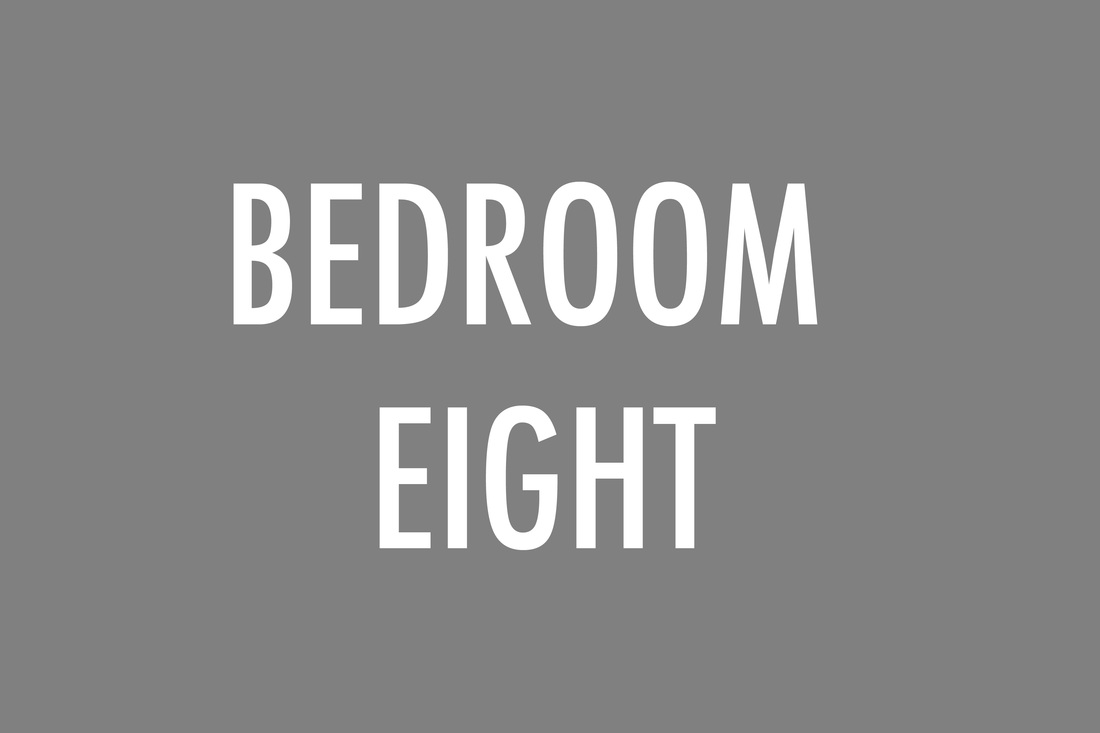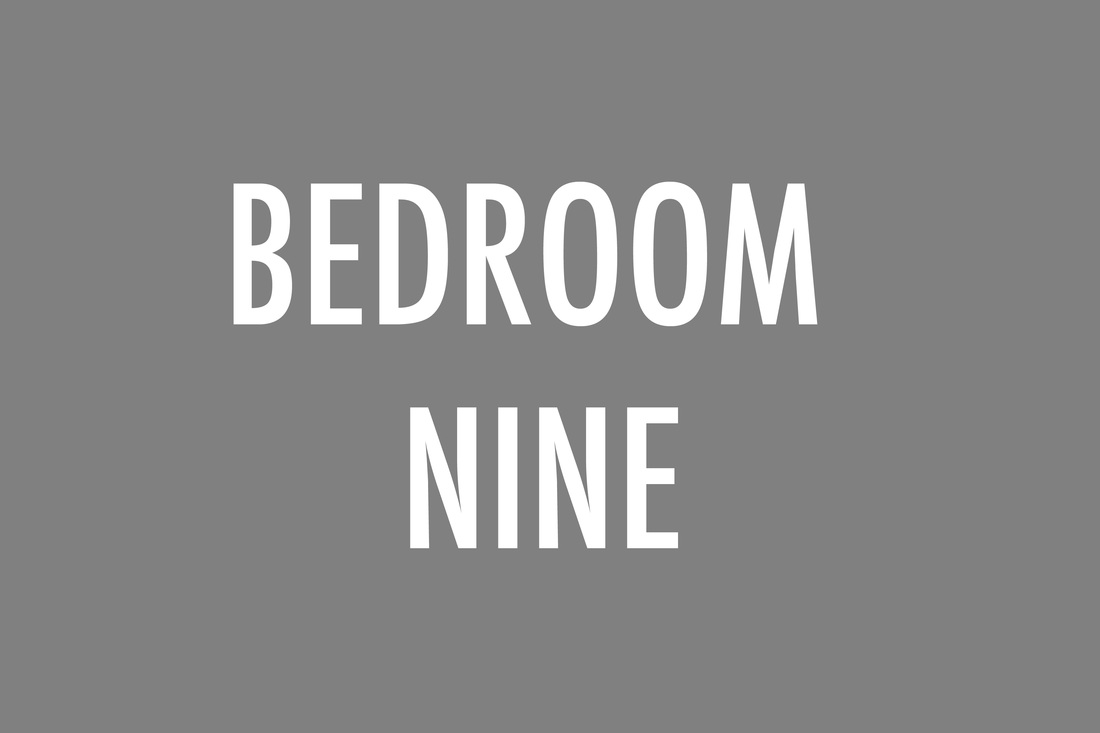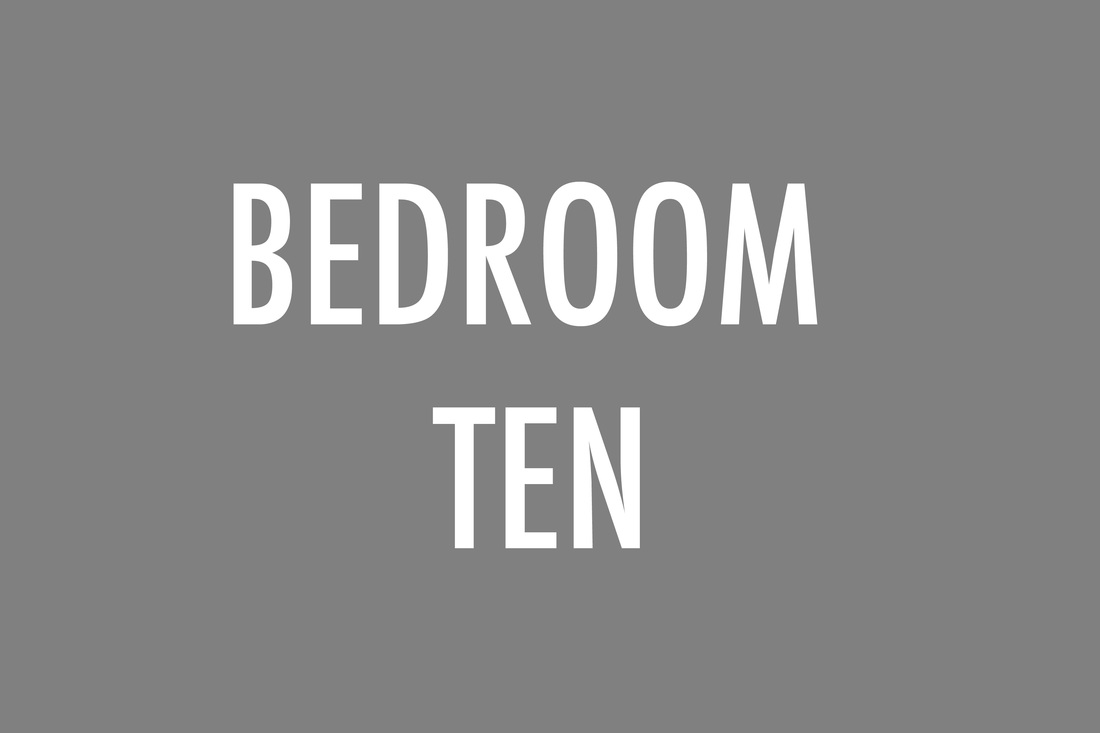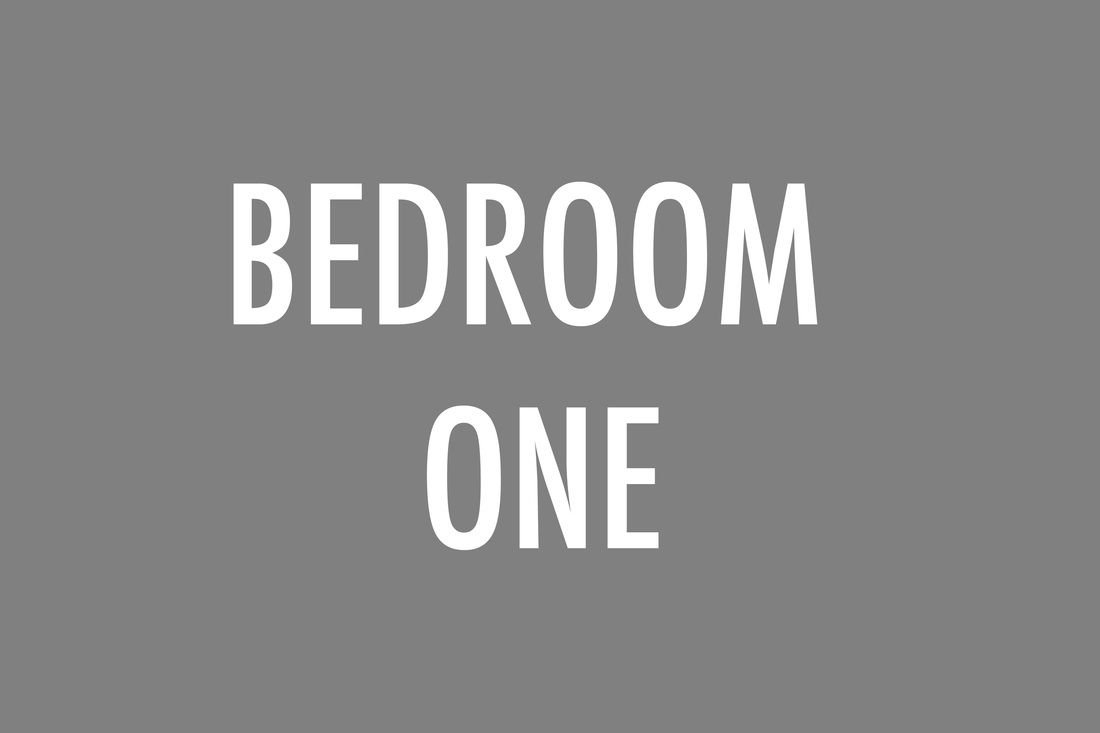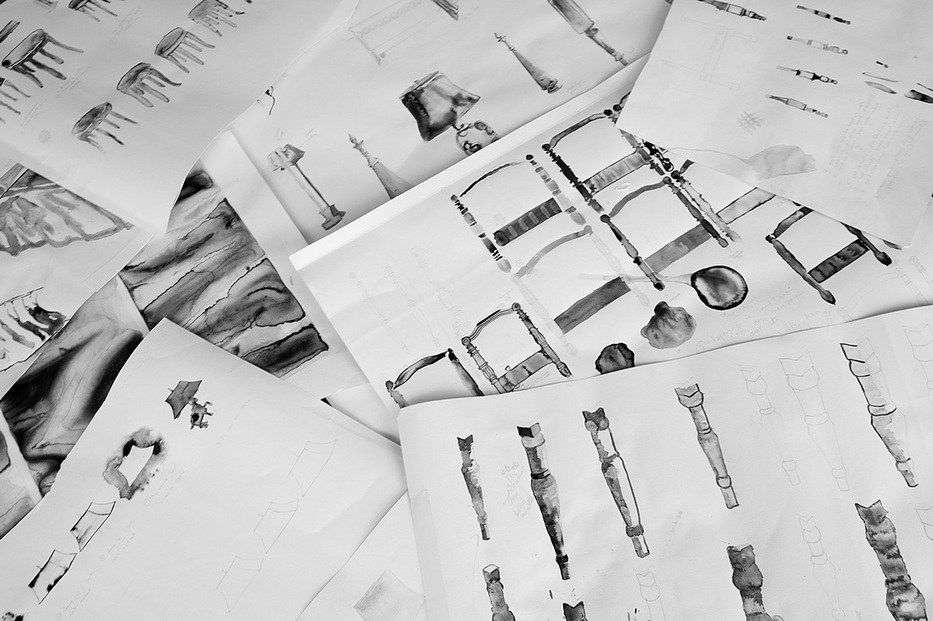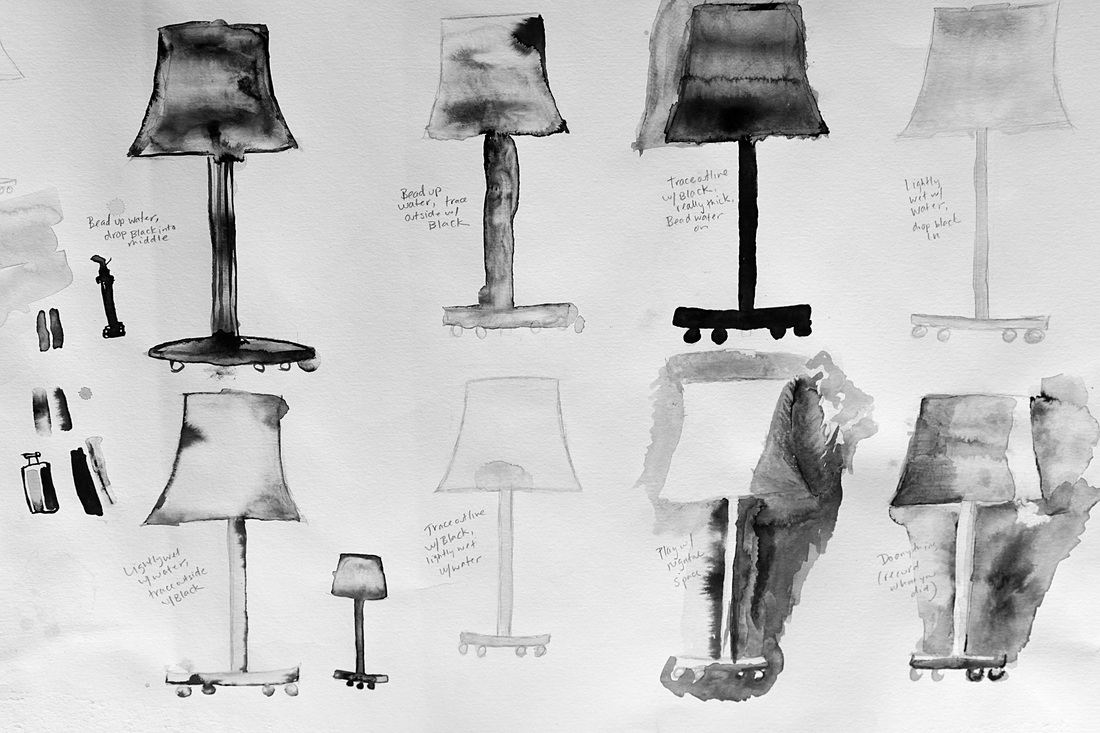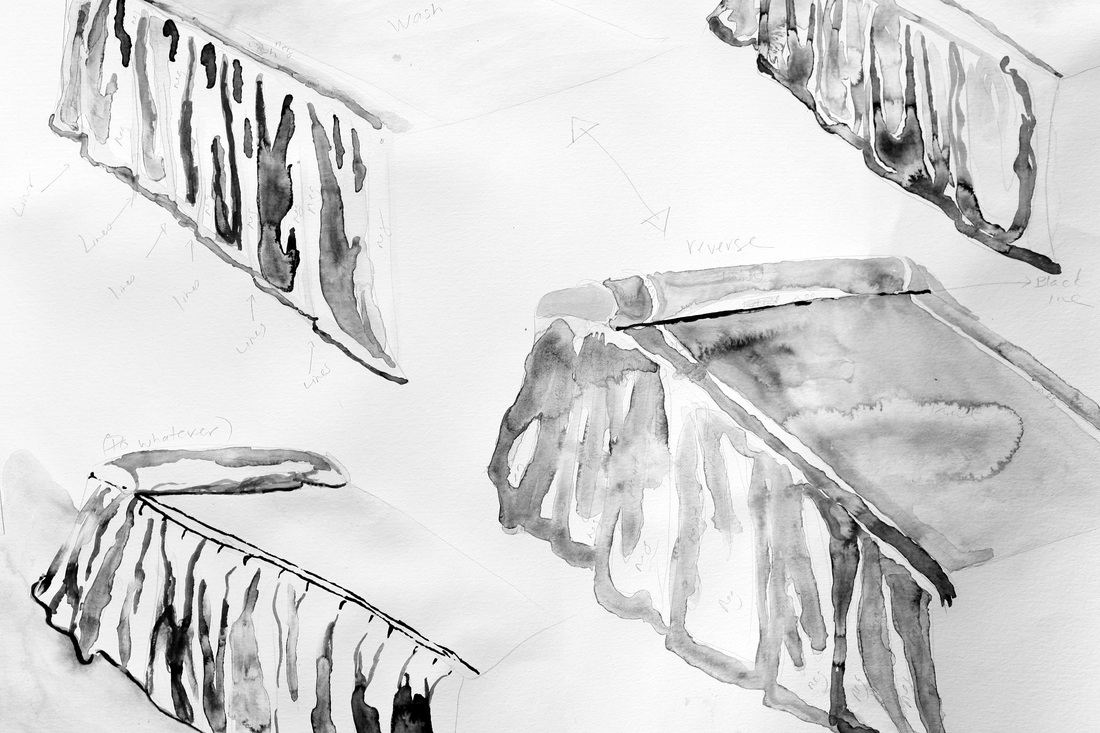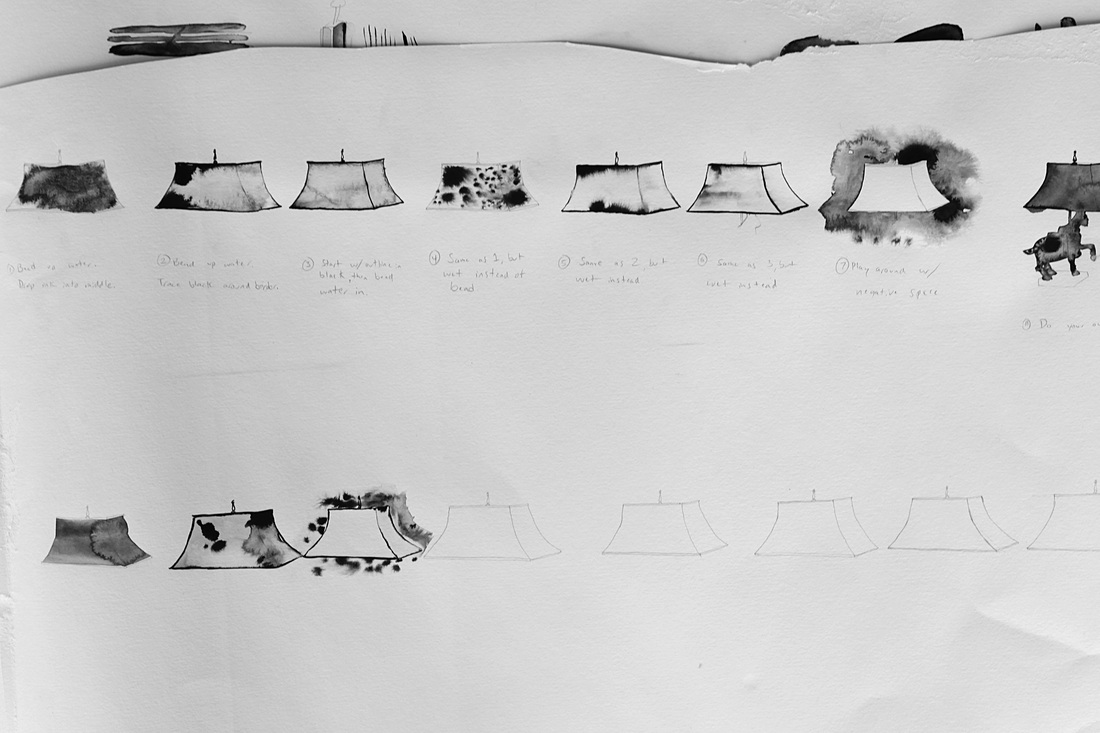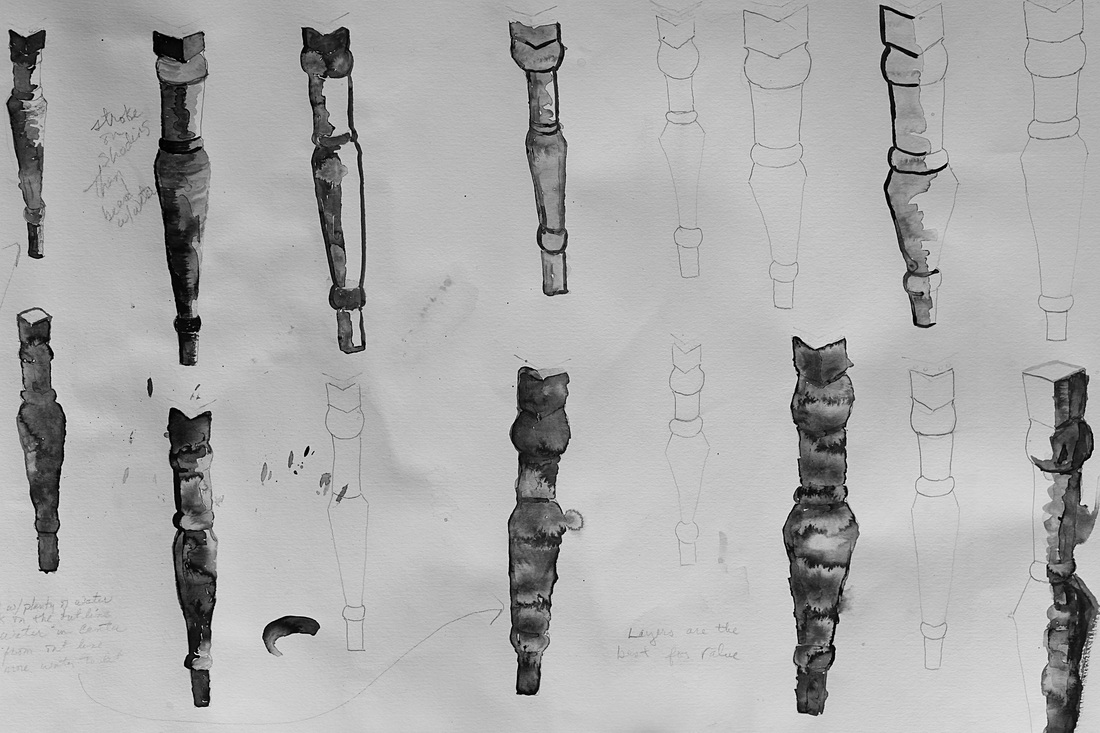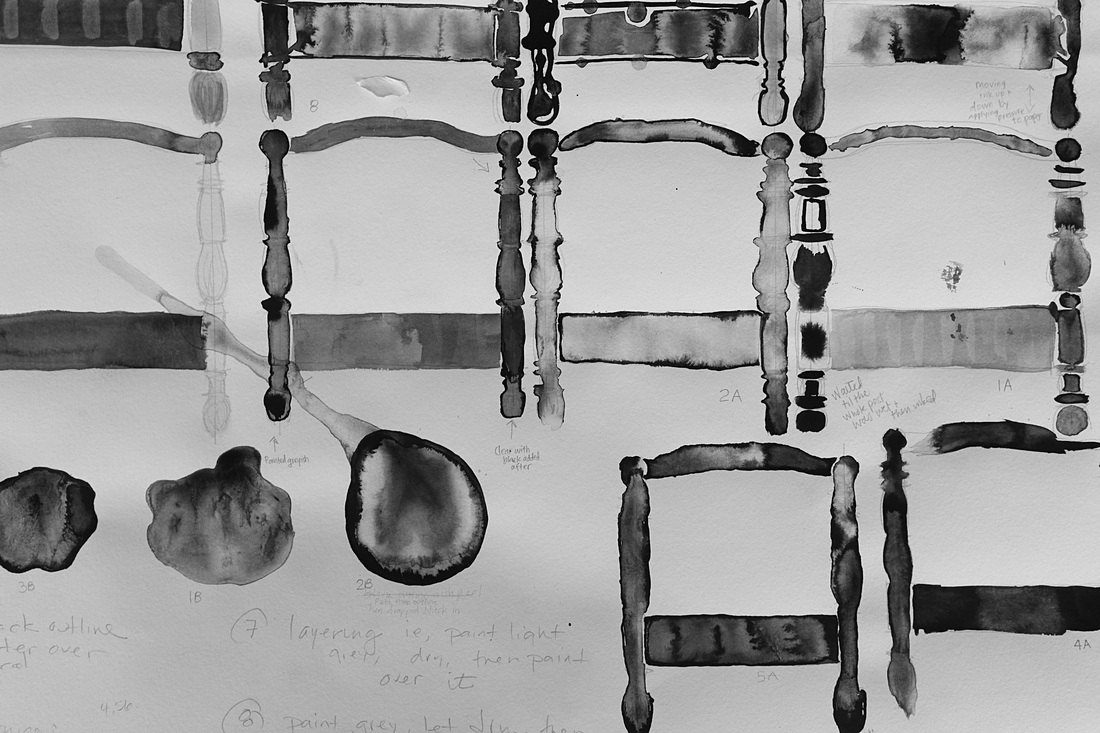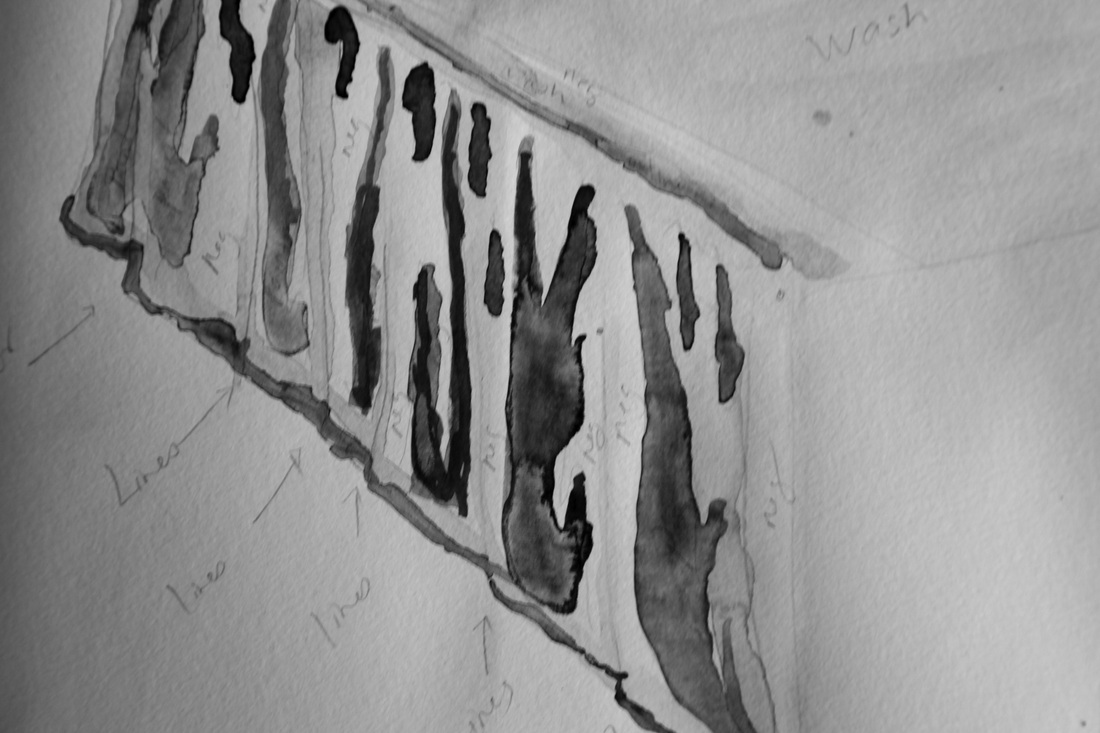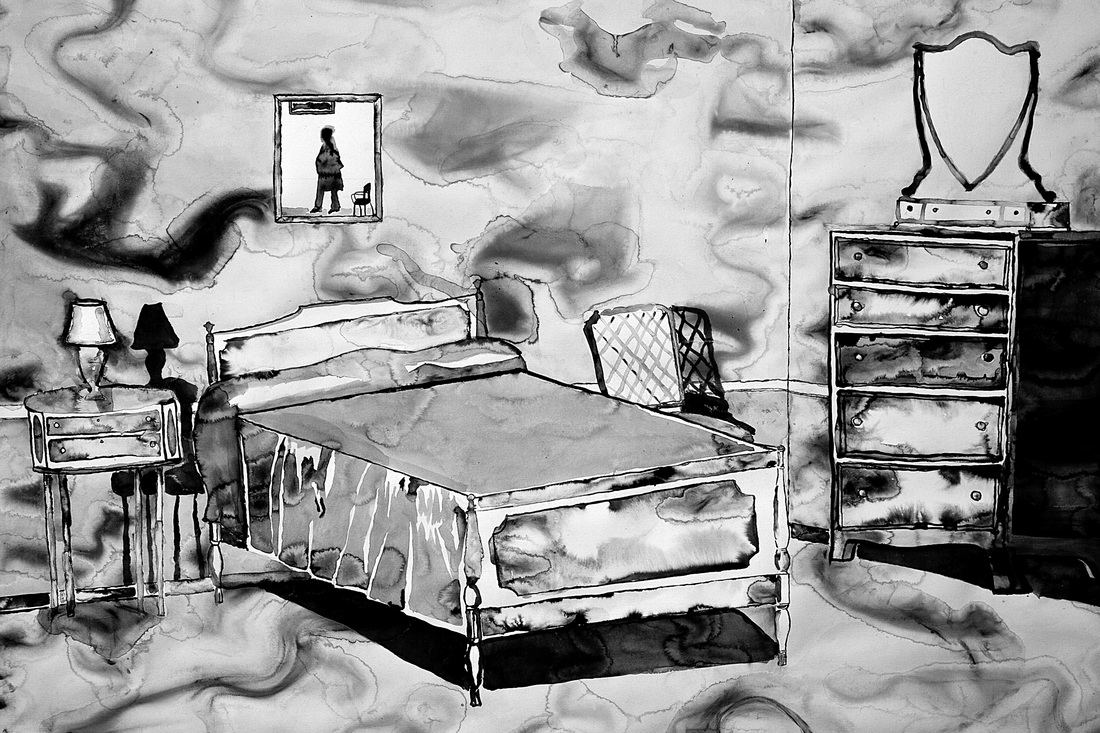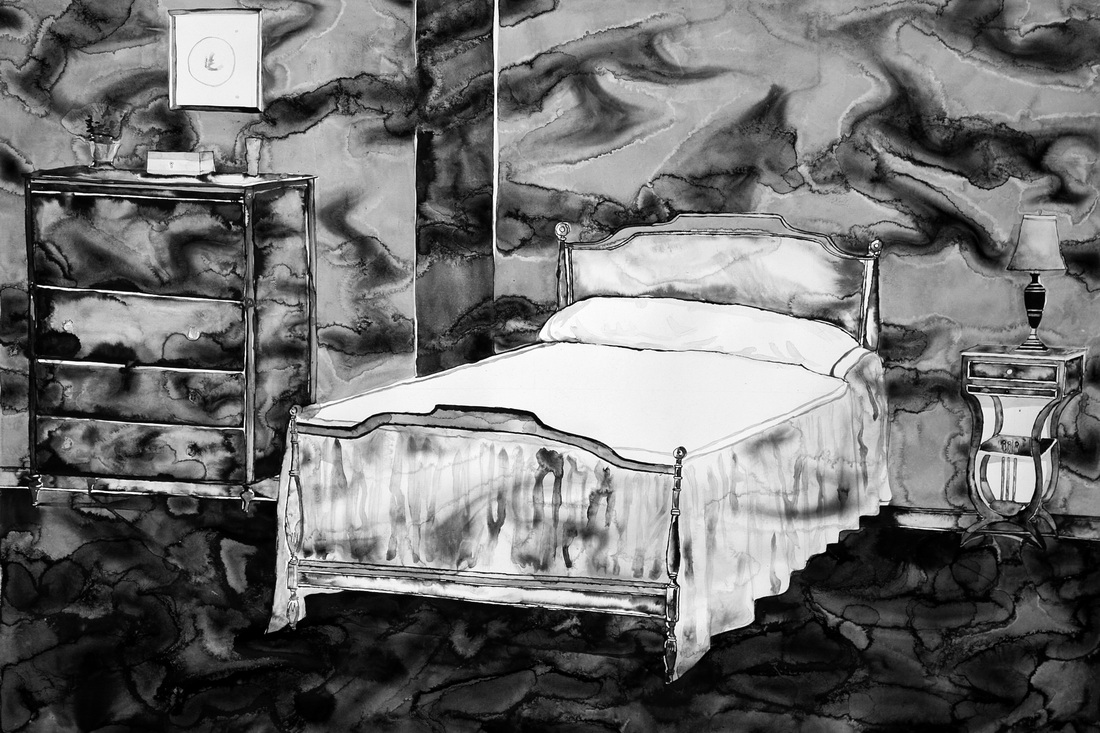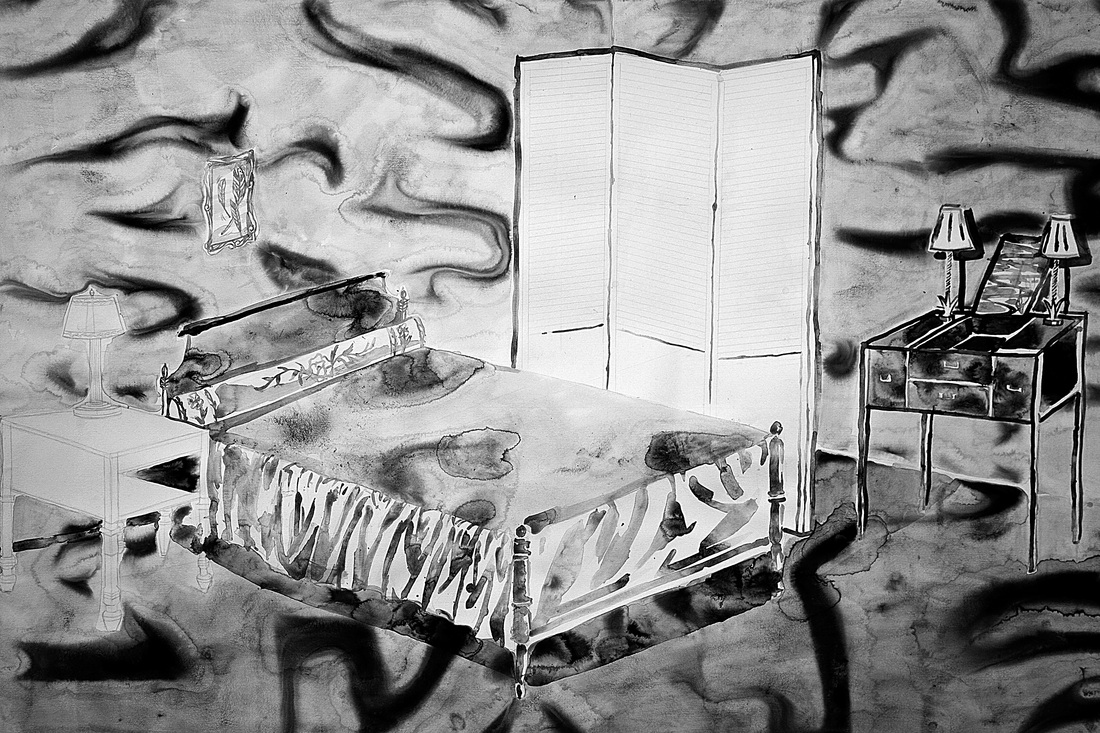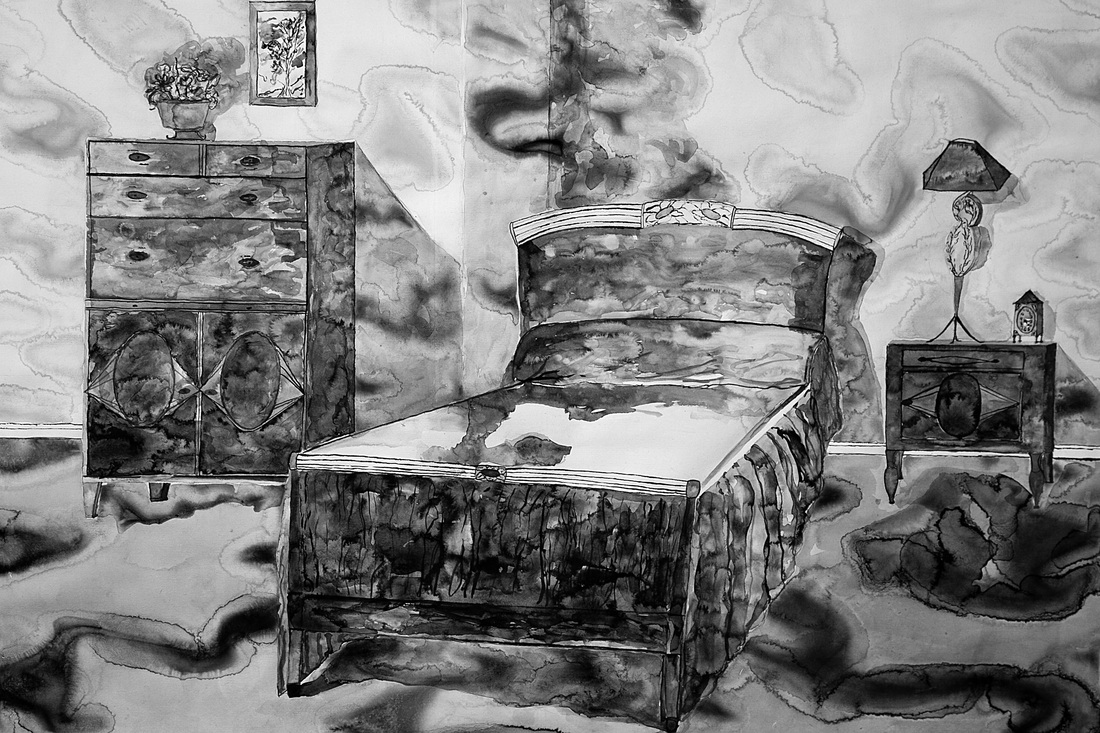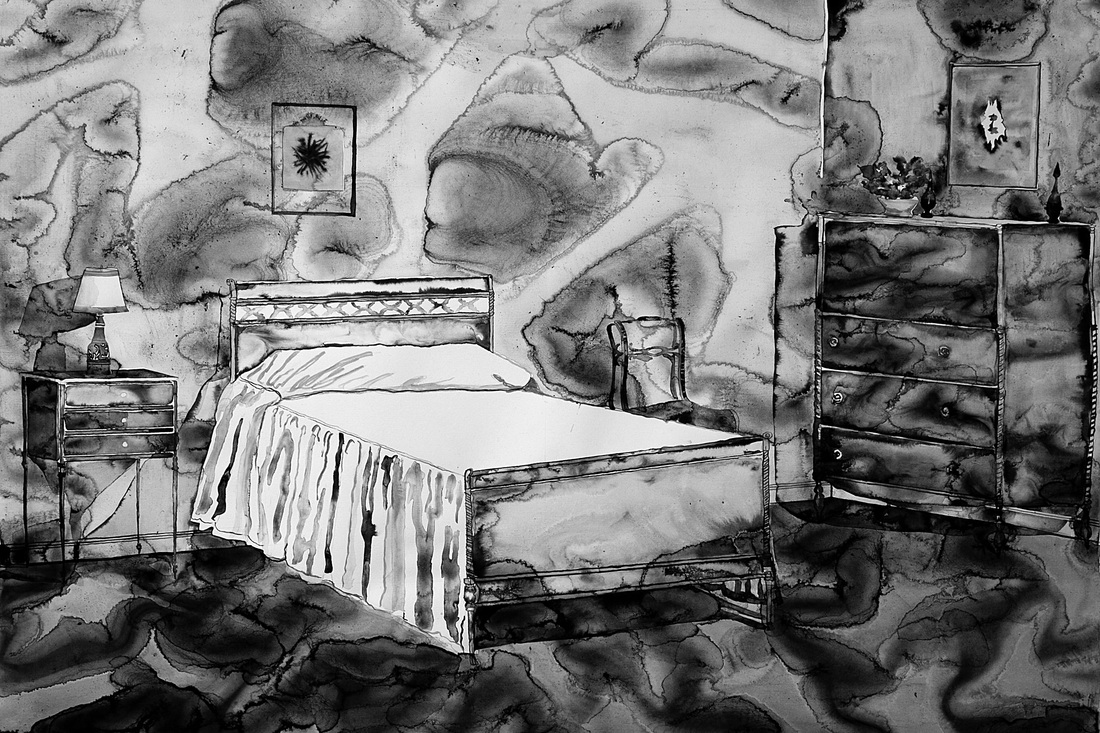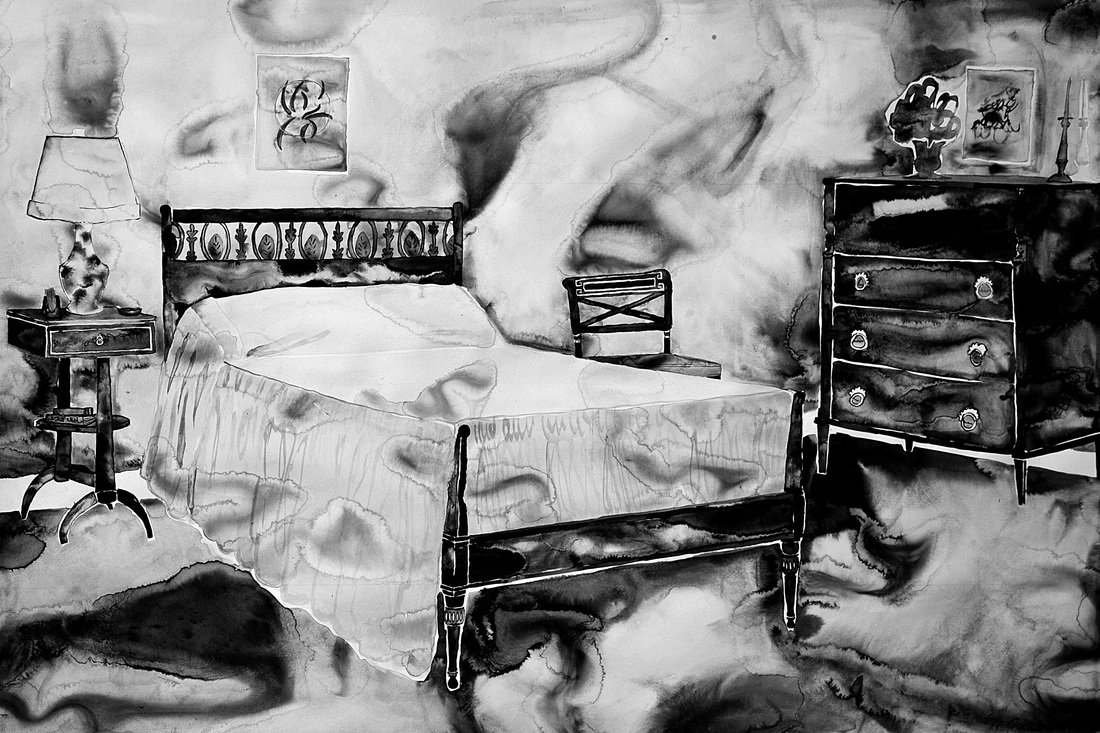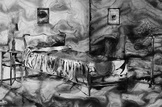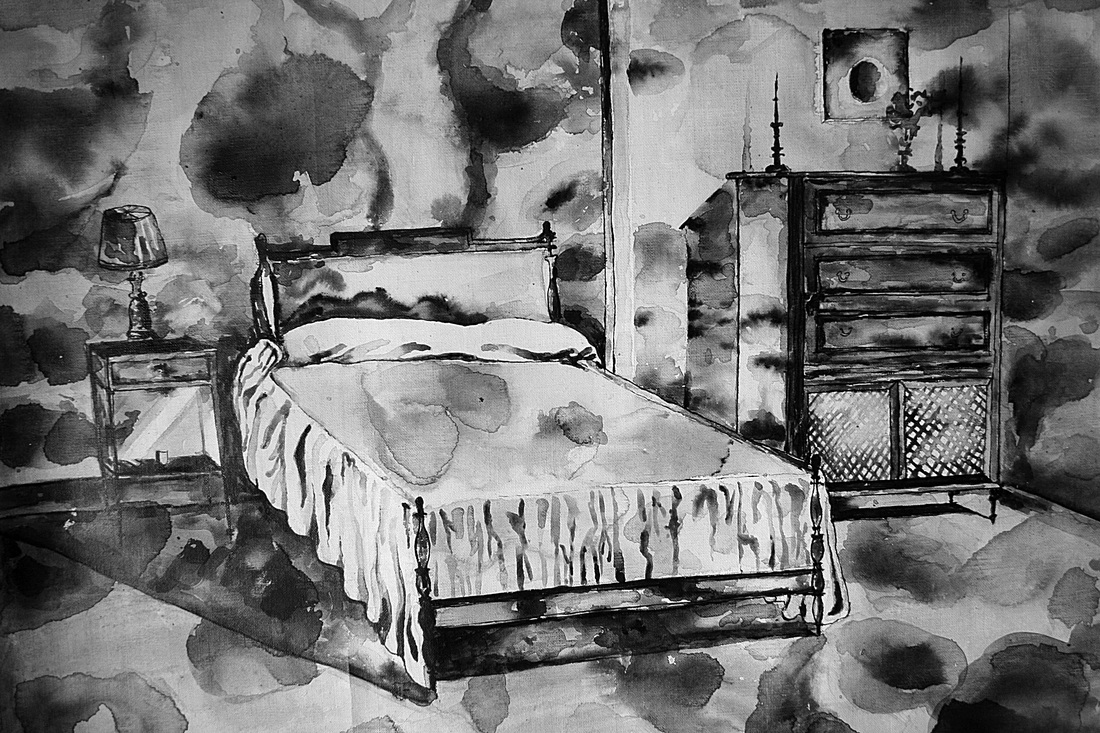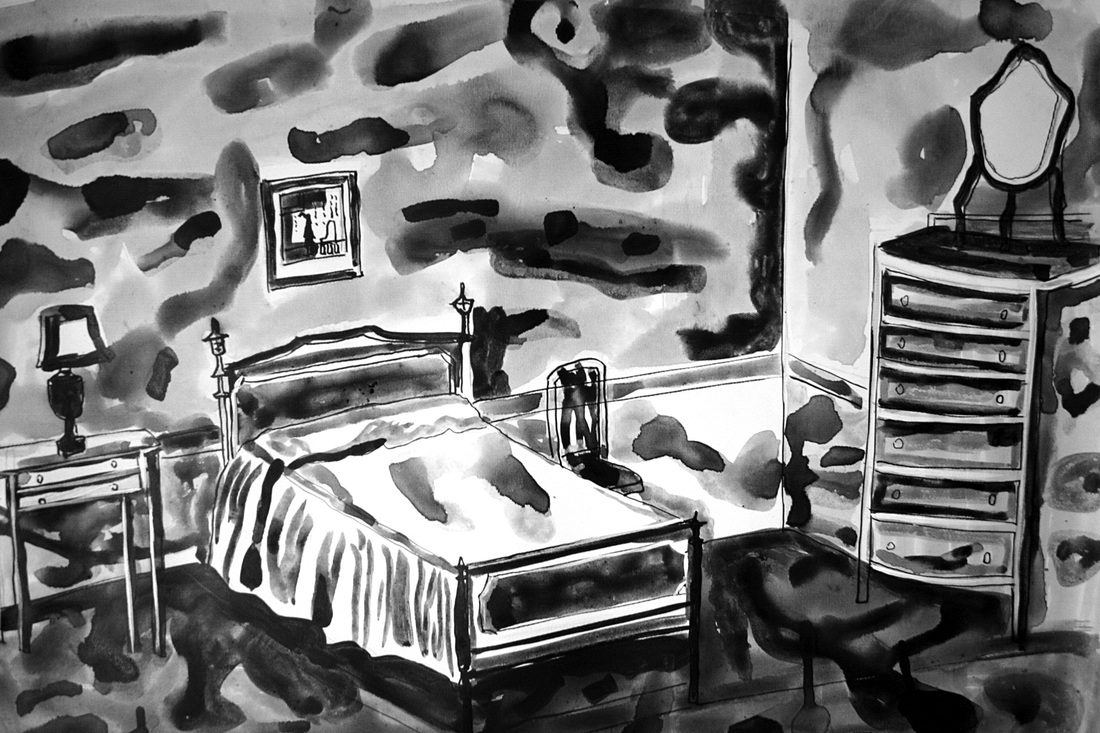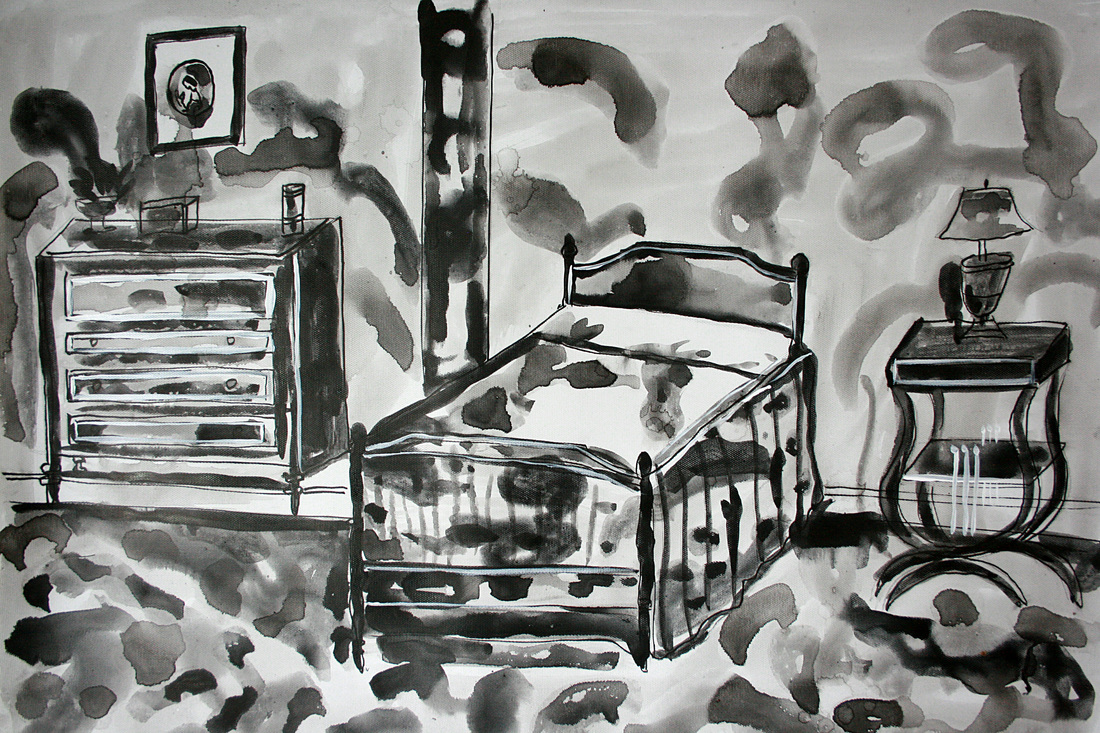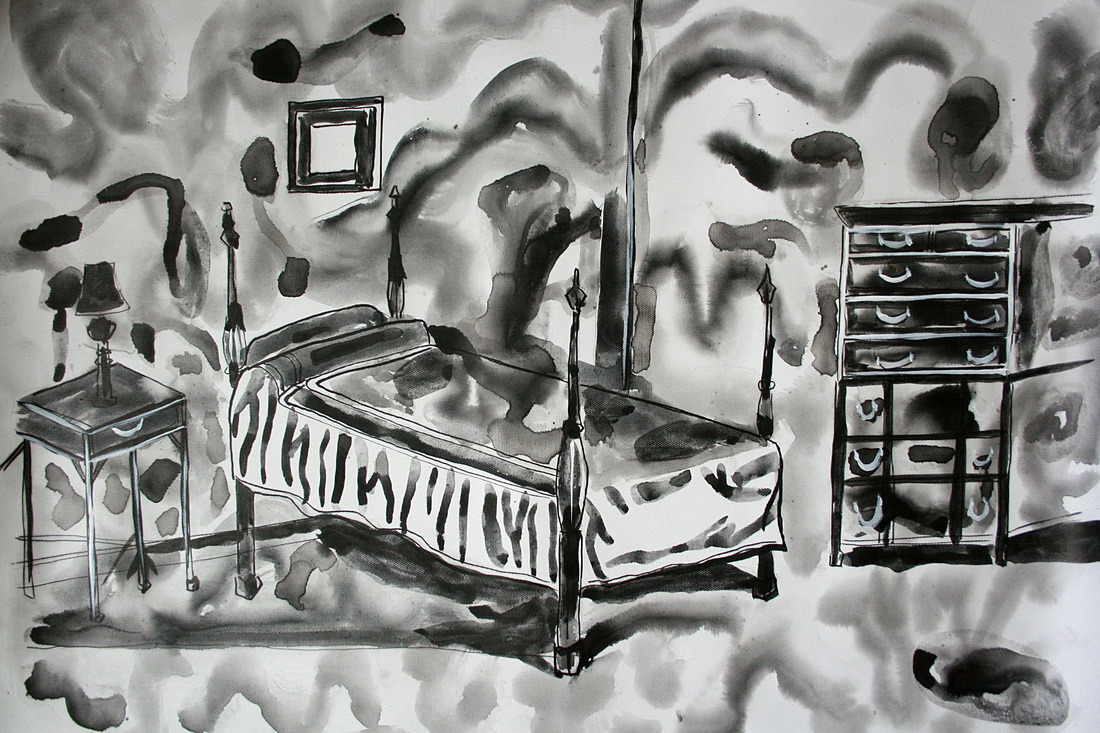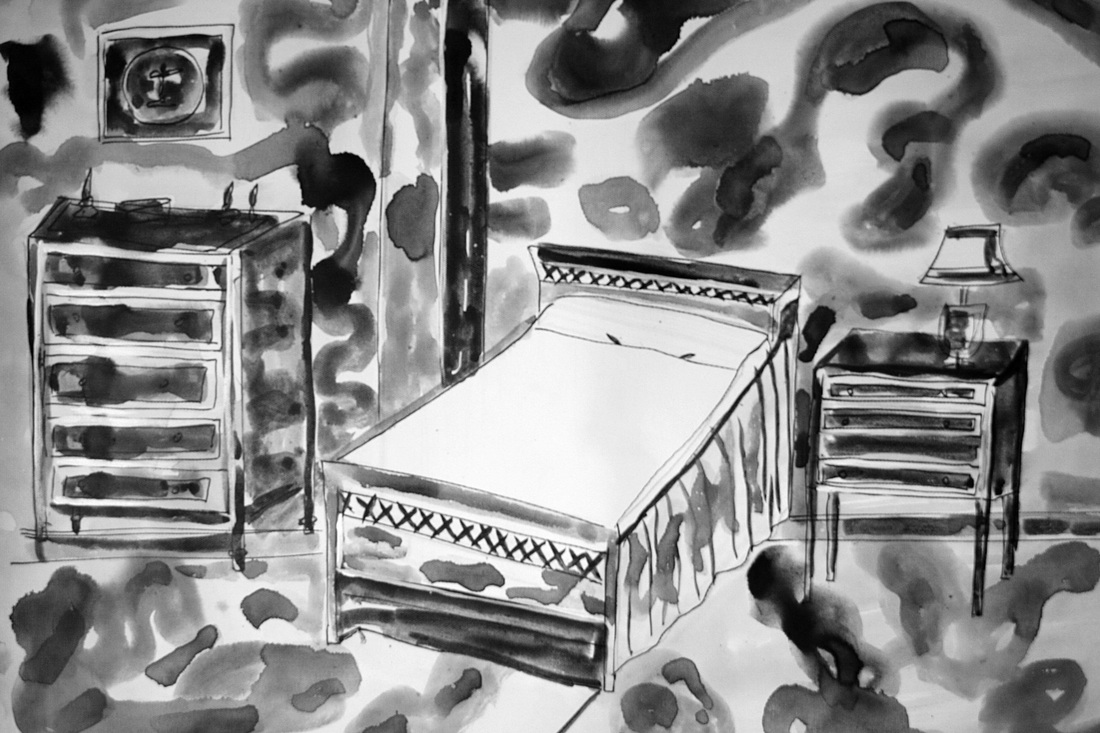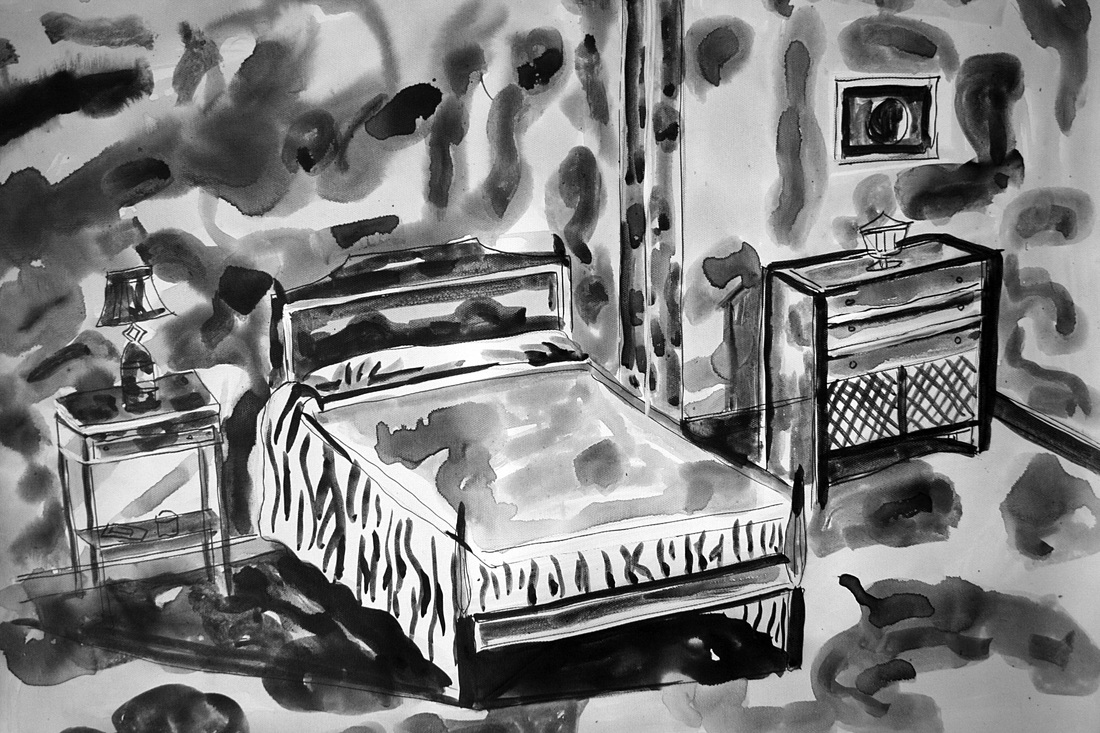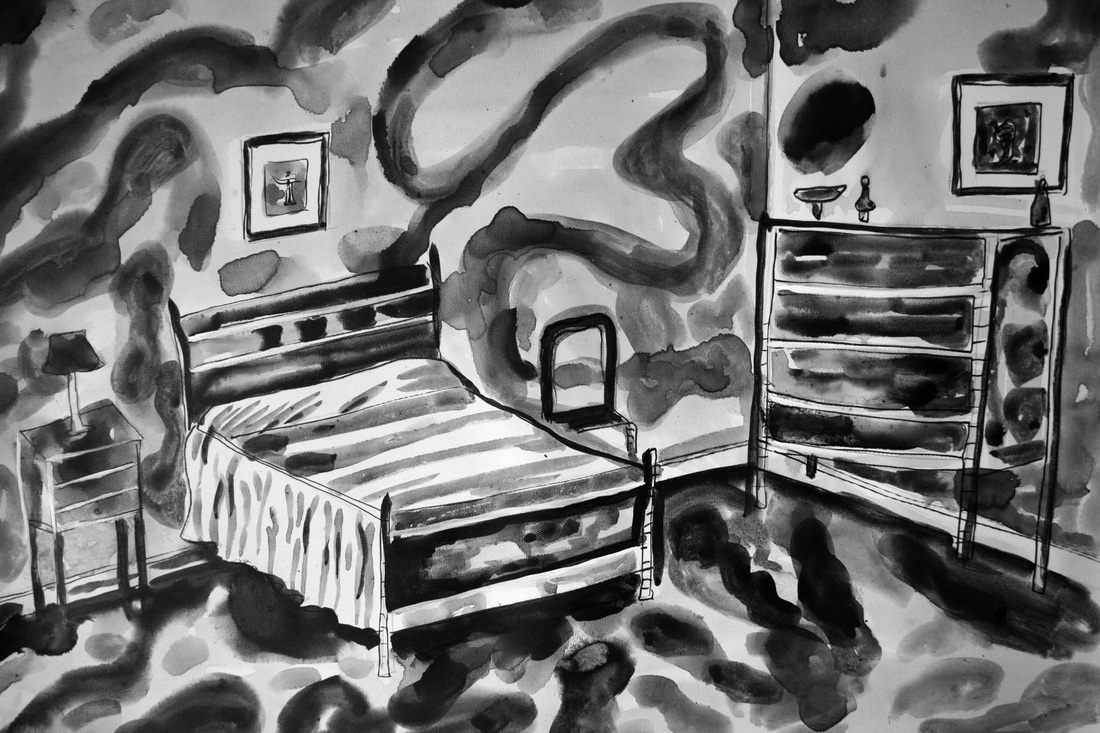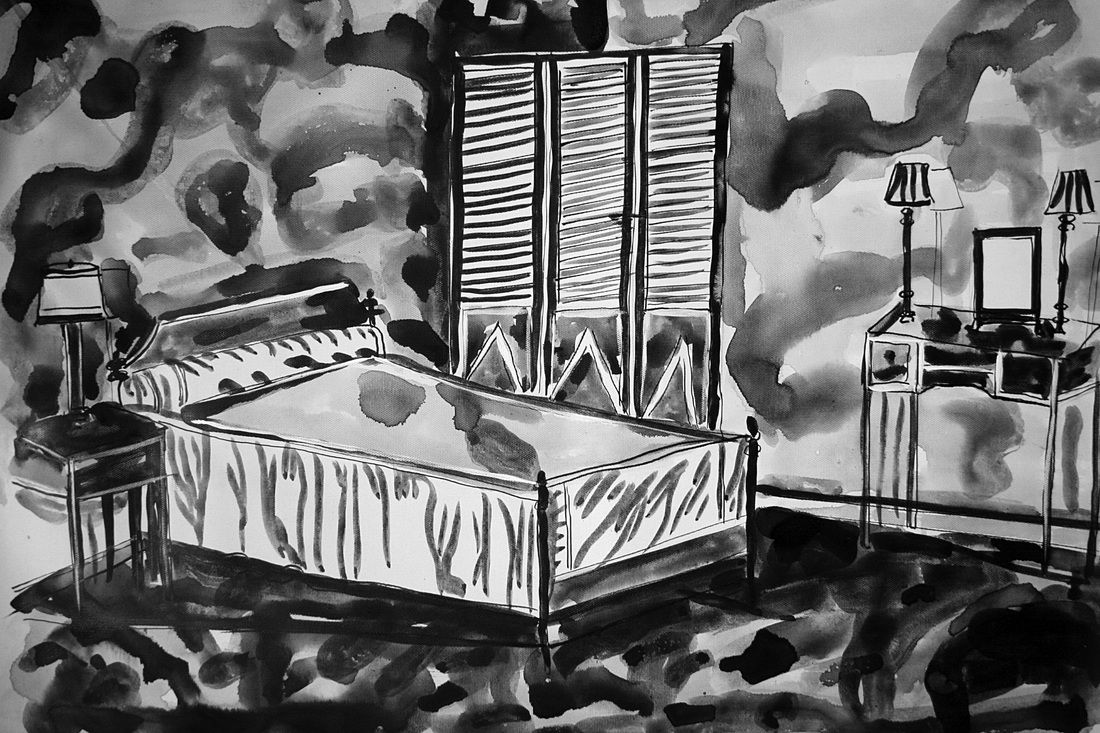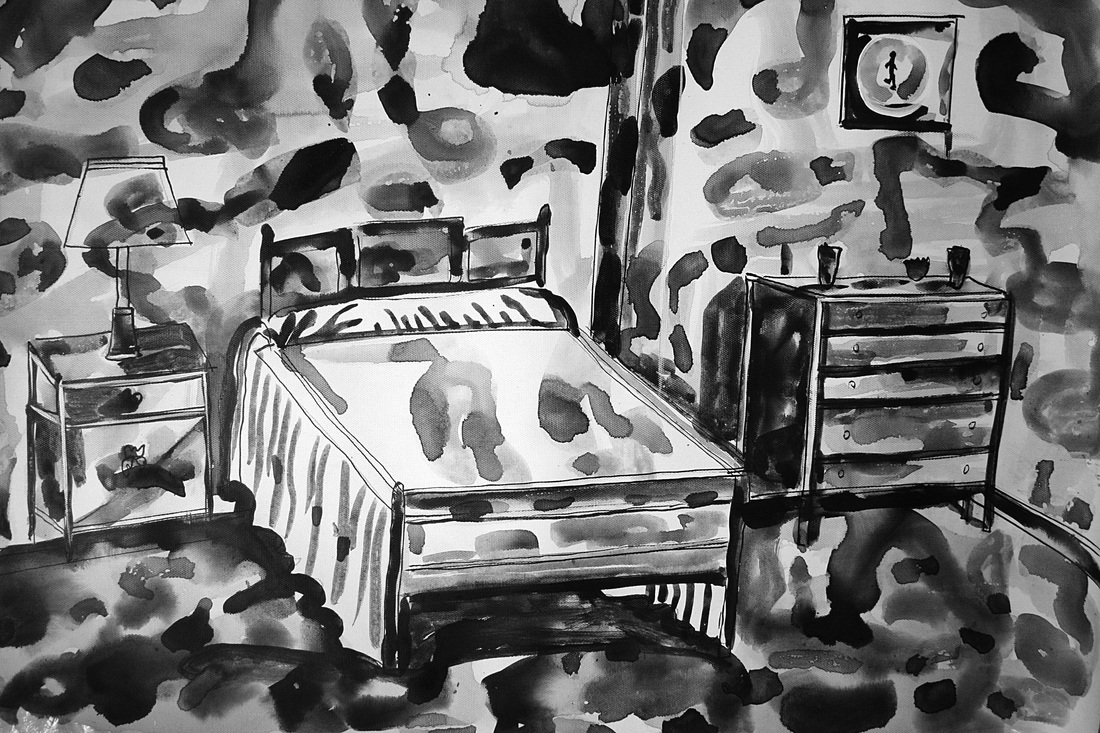|
PRODUCTION & REPRODUCTION
By Wynde Dyer, et al. A multi-phase process-based painting and installation show examining the psychological and economic implications of assembly-line fine art production and outsourcing models. SHOWING June 16 -- August 11, 2012 Thursday-Sunday, 12-6 @ PLACE www.placepdx.com Pioneer Place Mall 3rd Floor Atrium Building 700 SW 5th Ave. Portland, OR 97204 PROJECT HOME TEAM MEMBERS TRAINING PHASE 1 PHASE 2 PHASE 3 ROUNDTABLE TALK THE RESULTS PRESS & PR PURCHASE INQUIRIES Original paintings: $900 Assistants' paintings: $600 Dafen-based reproductions: $300 Giclee prints: $60-$700 by size Email [email protected] |
PROJECT STATEMENT
Wynde Dyer’s process-based painting and installation show Production and Reproduction examines the psychological and economic implications of assembly-line fine art painting and reproduction by outsourcing the creative process in building a body of work. For the first two-week phase of the project Dyer worked in the gallery 8-hours-a-day, 5-days-a-week towards the completion of nine 36" x 50" paintings of haunting black and white interiors, titled The Bedroom Series. For the second phase of the project, Dyer trained and directed a team of Portland-based assistants with varying levels of artistic skill and experience in reproducing the same body of work. For the final phase of the project, artist, art historian and PNCA professor Mary Preis facilitated oil-painted reproductions of Dyer’s work by artists in Dafen, China, an artist village specializing in the mass reproduction of famous works of art. Drawing on her academic background as a social scientist, Dyer then evaluated the results of this quasi-experimental design as if her findings were intended for publication in a faux social science research article. |
|
PROJECT STATEMENT
Wynde Dyer's process-based painting and installation show Production and Reproduction examines the psychological and economic implications of assembly-line fine art painting and reproduction by outsourcing the creative process in building a body of work. A loose interpretation of experimental design is employed to test hypotheses and evaluate results using data collected from both participants and observers. For the first phase of the show Dyer adopted a 5-day-a-week, 8-hour-a-day work schedule dedicated to producing and systematizing the production of a large series of haunting India ink paintings depicting the intimate interiors of colonial American bedrooms. The original paintings on the wall are available for sale, and affordable limited edition copies can be printed to reimburse the artist for her time and materials. For the second phase of the show Dyer trained and supervised two teams of assistants in reproducing the same body of work. The individuals on one team adopted a parallel production approach, with each individual contributing one step of the process on an assembly line, whereas individuals on the other team completeed an entire piece in serial by his/herself. Original reproductions and prints are available for sale. For the final phase of the project, artist, art historian, and Pacific Northwest College of Art (PNCA) professor Mary Preis is facilitating commissioned reproductions of Dyer’s work by artists in Dafen, China, an artist village specializing in the mass reproduction of famous works of art. Chinese artists will be compensated with wages equal to or better than the market wages in Dafen, and individuals securing commissions will receive ongoing updates from Preis, as well as ethnographic information about the artists’ lives and work. During the course of the two-month exhibition the public is also invited to learn from Dyer and her team through passive observation or active participation in the painting process, and to engage in an ongoing dialogue around questions including, but not limited to, the following: 1. In what ways are the process and product of fine art painting altered, for better or for worse, by adopting a “production” and “reproduction” approach? 2. How do the temporal, spatial, financial and social constraints—or freedoms—of a traditional work schedule impact the experience of creating fine art? 3. What is the real and hypothetical “Return on Investment (ROI)” of producing artwork the “traditional” way vs. “assembly-line” and “outsourcing” strategies? 4. What innovative procedures can process-based installation and performance artists use to support their work in this economic climate? 5. How do we reconcile issues of ethics, economics, credit, authenticity and creativity when utilizing assistants in art production? 6. Can the art of watercolor painting—a process that relies equally on chance and skill—be scientifically “normalized” for production and reproduction? 7. Can—and should—heuristic devices from corporate America (i.e. concepts like ROI, goals, metrics, etc.) improve artistic efficiency? This project was inspired by “How to Make it in the Art World,” a tongue-in-cheek article by New York Times art critic Jerry Saltz, Helen Molesworth’s “Work Ethic,” and notions of the quantified self. It follows a thought-provoking line of inquiry around art, exchange, consumption and commodity presented by Portland-based artist Michael Reinsch in his AS IS performances at PLACE in March and April of 2012. After the project commenced, we learned it had strong parallels to 'The Sign Painting Project' by Francis Alys. This project dovetails with work Preis’ completed during her summer residency at the Da Wang Culture Highland, where she examined the widely criticized use of industrialized labor in art reproduction in Dafen, China. |
ABOUT THE PAINTINGS
As a process-based show, the explanatory materials associated with Production & Reproduction emphasize the making of the work and the products—the paintings—as they relate to the process, rather than the conceptual or narrative meanings behind the works themselves. In other words, the content of the paintings is downplayed, because this project is about the psychological and economic implications of creating this body of work, as opposed to the works themselves. That said, the size of the works and the repetition of bedrooms in The Bedroom Series--referring to the first 10 images created by Dyer, as opposed to the reproductions--begs the questions, “Why bedrooms? Why these bedrooms? Why so many? Why so big?” The answers to the first question are questions themselves: Ask yourself what happens—or doesn’t happen, or shouldn’t happen, or ought to happen—in a bedroom? What does the concept of bedroom bring up for you? These are the questions Dyer was interested in exploring when she selected her source material: images of bedroom sets from a late-1930s/early-1940s furniture catalog featuring reproductions of early Colonial American furniture. The black and white images in the source material feature staged bedroom scenes—almost identical, until scrutinized—with salable imitations of late-1700s/early-1800s furnishings. Why these bedrooms? They are a populated extension of another of Dyer’s series, titled Colonial Interiors, which focuses on empty rooms in colonial homes that the furniture in these rooms would have filled. Like the pieces in The Bedroom Series, the paintings in Colonial Interiors are large-scale black and white India ink paintings, empty of inhabitants, absent the traces of human life, but with the emotional residuals of life lived. They are simultaneously haunting yet tranquil, dream-like yet nightmare-ish, ethereal yet concrete, simple yet busy, rigid but flexible, static but moving, anxiety producing but calming, and perhaps burning or flooding, with a perspective that is intentionally off, though not grotesquely so. Following in the tradition of Wabi-Sabi, the works in Colonial Interiors and The Bedroom Series seek a reconciliation between and acceptance of these dichotomies, and a balance between dark and light, black and white, and order and chaos. Why so many of them? Psychological theories on the impacts of early formative experiences posit that, as adults, we are in a constant state of reliving, replaying, revisiting, and trying to restructure our understanding of traumatic childhood events. The repetitive repainting of bedrooms, for Dyer, is a visual embodiment of that. They are the over and over again processing of things that happened in the bedroom, a representation of an adult attempt to control—through paint—what could not be controlled or avoided as a child, and an external manifestation of the internal states resulting from childhood experiences in the bedroom. In particular, these pieces are about disassociation—a protective mechanism called up when the nervous system has reached maximum capacity and can no longer process internal or external stimulation. Why so big? The bedroom—what happens or doesn’t happen in the bedroom, namely, sleep and sexual intimacy—has been, and continues to be, a big issue for Dyer. The paintings are large to challenge these large issues. Furthermore, the embodied act of painting big—which requires heart opening reaches of the arms—and of painting on the floor—which requires of one to kneel, in child’s pose, getting into the emotional memory-storing connective tissues of the hips—offers a physiologically therapeutic experience for Dyer, who is, as a rule, much more concerned with the utility of art in life, as opposed to purely the aesthetics of it. Why do this under rigid performance expectations, and why engage assistants and Chinese reproduction artists in such a personal endeavor? It's a metaphor. Phase 1 was an exhibition of masochistic independence, an endurance performance of sorts, that parallels the fear-driven desire to do everything ones self, lest depending on others result in disappointment. Phase 2, with assistants (read: assistance), was designed to create interdependence without co-dependence, albeit in a “safe” way wherein Dyer maintained control over the rules, the participants, process, the expectations, relinquishing power only with earned trust, but effect, rendering true collaboration impossible. By outsourcing Phase 3 to China, this communicated an attitude of, “If I can’t/won’t/don’t want to do it myself, I can pay someone else to do the heavy-lifting for me.” Trauma-rooted coping mechanisms such as these are, for Dyer, worthy of future exploration and transformation. |
PHASE ONE DOCUMENTATION
THE BEDROOM SERIES DOCUMENTATION
The nine paintings in The Bedroom Series were created in two weeks by adhering to a strict five-day-a week, eight-hours-a-day corporate work schedule as a part of Production and Reproduction, a process-based painting installation exploring the psychology and economics of fine art production work, They were painted in an assembly-line fashion (i.e. painting all dressers, then all night stands, all bed frames, all bedding, all shadows and details, three layers of wash, touch-ups, and so on), and rigorous performance metrics were set and evaluated each shift at End of Day (EOD). Click to enlarge images.
The original paintings in The Bedroom Series (2012) are available for purchase for $900 each. All paintings are unframed, on 36" x 50" Aquabee Extra Heavyweight Rag Paper, with a 1.5" border on all sides, painted with archival India ink. Hand-painted reproductions by Portland-based assistants are available for purchase for $600 each. Commissions for smaller, hand-painted oil reproductions by artists in Dafen, China, can be secured for $300 via artist, art historian, and Pacific Northwest College of Arts (PNCA) professor Mary Preis. Contact [email protected] for purchase and commission inquiries.
TRAINING DOCUMENTATION
(click to enlarge images)
PHASE TWO DOCUMENTATION
THE PORTLAND ASSISTANTS' REPRODUCTIONS
(click to enlarge images)
PHASE THREE DOCUMENTATION
THE CHINESE REPRODUCTIONS
(click to enlarge images)
The series of 10 was produced by another Dafen-based artist and his team of assistants. They are 19 x 26.5" and more crude in execution compared to the others.
